Early in your Korean studies, you will learn that there are different Korean speech levels.
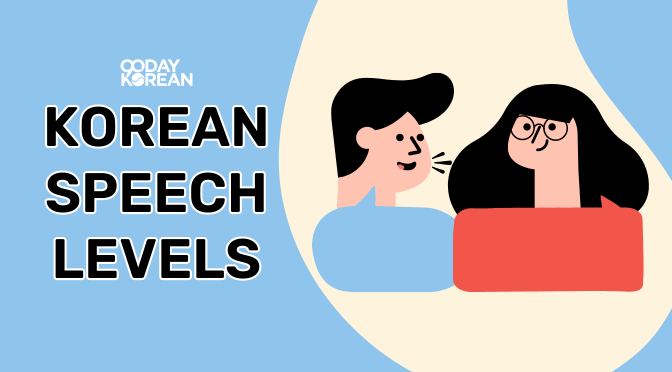
But what do the different Korean speech levels look like? Why and how are they used?
In this article, we will cover that and even more!
What are different Korean Speech Levels?
You may be surprised to learn that the Korean language actually has 7 different speech levels. These levels are called as follows:
- 하소서체 (hasoseoche)
- 하십시오체 (hasipsioche)
- 하오체 (haoche)
- 하게체 (hageche)
- 해라체 (haerache)
- 해요체 (haeyoche)
- 해체 (haeche)
These speech levels can be further divided into formal and informal categories of speech. Of them, 해요체 (haeyoche) and 해체 (haeche) are informal levels of speech, while all of the other ones land under the umbrella of formal speech level.
How to say “formal speech” in Korean
The word for “formal speech level” is 격식체 (gyeoksikche).
How to say “informal speech” in Korean
On the other hand, the word for “informal speech level” is 비격식체 (bigyeoksikche).
In the sections below, we will cover each speech level in more detail.
The 7 Korean Speech Levels
Here, we will quickly overview the 7 Korean speech levels.
하소서체 (hasoseoche)
This is the most formal Korean speech level. This was commonly used in the past when addressing members of the royal family, the king, and the queen, or other high officials. Today, it mostly only appears in historical dramas and the Bible. The declarative form is stems + –나이다, and the interrogative form is stem + –나이까.
하십시오체 (hasipsioche)
This is an incredibly respectful and polite speech that is still in use today. You may hear it commonly used in broadcasts and public speeches, as well as in the service industry and other business situations. It is also the level of speech used when speaking to elders, those of higher rank, and strangers.
하오체 (haoche)
Also considered the formal level of speech, this is used specifically when addressing those of similar or lower social status. You’ll be more likely to hear it in a historical drama rather than in real life. Its declarative form is stem + –소/-오, and its interrogative form is stem + –오?.
하게체 (hageche)
This formal type of speech is also used with those of similar or lower rank. It is considered somewhat outdated, so typically, you would only see older people using it. Its declarative form is stem + –네, and its interrogative form is stem + –ㄴ/는가?. These structures are still sometimes taught in Korean classes.
해라체 (haerache)
This is considered the plain style or formally impolite. This is common in writings such as newspapers, magazines or grammar books. In spoken Korean, this is used between close friends or family of similar age. It is also commonly used in exclamations.
해요체 (haeyoche)
Although this is an informal level of speech, it is still deemed quite polite. It is the speech style Koreans use in everyday life and situations.
해체 (haeche)
This is a casual form of informal speech. Its use is restricted to siblings, close friends, relatives, and people younger than the speaker.
Commonly-used Korean Speech Levels
As you may have noticed, not all of these speech levels are still in active use, at least not regularly. So, let’s go over in a little more detail the four ones that are, so you can gain a better understanding of them.
Formal Speech Level
하십시오체 (hasipsioche) is the most respectful level of speech still used today. You’ll notice that its structure is really familiar, as it is often the first piece of grammar taught in Korean classes. However, it is only used in public speeches and business conversations, as well as by service industry workers. Its declarative form is stem + –ㅂ니다, and its interrogative form is stem + –ㅂ니까?
For example, it may be used in a sentence such as :
오늘 저희 행사에 와주셔서 감사합니다. 즐거운 시간 되십시오. (oneul jeohi haengsae wajusyeoseo gamsahamnida. jeulgeoun sigan doesipsio.)
Thank you for coming to our event today. Have a great time.
Most Commonly-used Speech Level
해라체 (haerache) is one that you definitely must become familiar with, as it is the most common speech level used. It is the plain form of formal speech used with those who are of the same status or lower rank. It doesn’t include any added respect, so it shouldn’t be used with those who rank above you or are much older than you.
This is the form of speech you will most often see in use in textbooks, newspapers, and even dictionaries, as well as indirect quotations. With this form of speech, you can casually express your present state in spoken language.
The declarative form is stem + ㄴ다/-는다, and the interrogative form is + –냐?
For example, it may be used in the following manner:
형태소는 의미를 가진 언어의 가장 작은 단위이다. (hyeongtaesoneun uimireul gajin eoneoui gajang jageun danwiida.)
Morphem is the smallest unit of language with meaning.
난 도착했다. 너는 어디냐? (nan dochakaetda. neoneun eodinya?)
I’m here. Where are you?
Informal Speech Levels
해요체 (haeyoche): As haeyoche is described as an informal level of speech, you may be surprised to learn this is the structure you are most likely to use while conversing in the Korean language.
It is regarded as quite polite, so it can be used with strangers, colleagues, and even those of higher rank or older age than you. Provided, of course, the situation doesn’t specifically require honorifics to be used. Thus, if you are not entirely sure which level of speech to use, this is the one you should choose.
Both the declarative form and the interrogative form end with stem + –요. Meanwhile, its imperative form ends with stem + –세요.
To refresh your memory, here is an example of a sentence using this speech level:
이 비빔밥은 맛있어요. (i bibimbabeun masisseoyo.)
This bibimbap is delicious.
해체 (haeche): Finally, we have the other casual speech level, haeche. This is a level of speech that can be used between friends as well as with those younger than you. This is also the same type of speech that you may have heard being referred to as 반말 (banmal). If you have studied Korean for some time already, this pattern of speech may already be familiar to you.
Its declarative form is stem + –아/어/지, and its interrogative form is stem + –냐/니?
For example, it can be used in a sentence like this:
나는 지금 책을 읽고 있어. 스티븐 킹의 책을 아니? (naneun jigeum chaegeul ilkko isseo. seutibeun kingui chaegeul ani?)
I’m reading a book now. Do you know Stephen King’s books?
Speech levels vs politeness level
Here is a good point to note that a speech level does not automatically determine the level of politeness of what you are about to say or write. As we have noted above, 하십시오체 (hasipsioche) is highly formal (and polite) to use, but it is not that common for regular spoken communication.
Thus, if you want to make sure you are being polite, use the polite form instead. This can be done by adding the -시 (-si) conjugation to your sentences. Most likely, you have already seen it in use by combining it with the verb 주다 (juda), which on its own means “to give.” In action, it shows the phrase 주세요 (juseyo), which translates as “please give.”
Additionally, there are some Korean verbs and nouns that have another, specifically honorific form for the situations that call for their use. Here is a list of honorifics that you should be aware of.
You can also add the -시 (-si) conjugation to a verb in the middle of a sentence. That is to say, you can use whichever level of speech, as long as you add 시 (si) to specifically show your politeness towards the person in question.
To a foreigner, this Korean system may sound odd at first. In many other languages, there may not be such a distinction between formality and politeness.
So, why is there one in the Korean language, and how will you be able to differentiate between the two? Well, here it is: formal/informal refers to the situation you are in, e.g., you are in a business meeting or enjoying dinner with your best friend. Meanwhile, how polite/impolite you need to be or can be is dependent on the person you are speaking to or about.
Explanation of how a sentence changes depending on the speech level used
One of the most obvious changes that appear depending on the speech level is how the speaker refers to themselves. For more formal situations, “me” is always 저 (jeo). However, if you want to speak casually, you can switch up to the more casual 나 (na).
Another easy example is the way you address others. When you use 하십시오체 (hasipsioche), you will address and refer to others by their title. This is also the level of language that Koreans refer to as 존댓말 (jondaenmal).
해요체 (haeyoche) is the other one that is considered as 존댓말 (jondaenmal), although you can drop most titles at this level. With 해라체 (haerache) and 해체 (haeche), you can get casual enough to use 너 (neo) when talking to someone. However, you will want to keep in mind that 너 (neo) is quite rarely used, as it can easily be deemed as a disrespectful way of addressing someone.
Here are some more concrete examples that illustrate these differences:
- When you meet your friends, you can casually greet them with 안녕 (annyeong). However, when meeting with your teacher, grandparents, boss, or a stranger, you should say 안녕하세요 (annyeonghaseyo).
- Sometimes, the word used may change entirely depending on the speech level used. For example, with your friend, you can ask 밥 먹었어? (bap meogeosseo?), which means “Did you eat?”. However, with your grandparents or boss, you will use 식사하다 (siksahada) and add -시 when conjugating like this, 식사하셨어요? (siksahasyeosseoyo?). It is the shortened version of 식사하시었어요 (siksahasieosseoyo?).
- Similarly, to a friend, you can simply say “잘 자 (jal ja)” when you want to wish them goodnight. But to your grandparents, you would instead say “안녕히 주무세요! (annyeonghi jumuseyo!)”. Which has its own verb, 주무시다 (jumusida), in use but also requires the greeting 안녕하다 (annyeonghada).
There are also some nouns that change depending on the formality of the situation. Our list of honorifics covers many of those, as well. Formal verbs to use are included in that list, too.
Why learning Korean Speech Levels is important
Shortly put, learning these speech levels is important because they are an important aspect of Korean society and language. Also, you need to know these if you ever plan to converse with a Korean person. You absolutely do not want to offend the person you are speaking to, and thus, you want to be aware of the correct level of formality and politeness.
However, you will also want to be able to get casual with your close friends. Thankfully, in this guide, you’ve learned a lot about which speech level to use in different scenarios.
Sample words and sentences that use each speech level
Finally, let’s go over some examples with each speech level to make it easier to understand and notice the differences.
1. “Have a meal.”
하십시오체 (hasipsioche): 식사하십시오 (siksahasipsio)
해라체 (haerache): 밥 먹어라 (bap meogeora)
해요체 (haeyoche): 식사해요 (siksahaeyo)
해체 (haeche): 밥 먹어 (bap meogeo)
2. “Glad to meet you.”
하십시오체 (hasipsioche): 만나서 반갑습니다 (mannaseo bangapseumnida)
해라체 (haerache): 만나서 반갑다 (mannaseo bangapda)
해요체 (haeyoche): 만나서 반가워요 (mannaseo bangawoyo)
해체 (haeche): 만나서 반가워 (mannaseo bangawo)
3. “How are you?”
하십시오체 (hasipsioche): 어떻게 지내십니까? (eotteoke jinaesimnikka?)
해라체 (haerache): 어떻게 지내냐? (eotteoke jinaenya?)
해요체 (haeyoche): 어떻게 지내요? (eotteoke jinaeyo?)
해체 (haeche): 어떻게 지내? (eotteoke jinae?)
4. “Thank you.”
하십시오체 (hasipsioche): 감사합니다 (gamsahamnida)
해라체 (haerache): 고맙다 (gomapda)
해요체 (haeyoche): 감사해요 (gamsahaeyo)
해체 (haeche): 고마워 (gomawo)
5. “Sorry.”
하십시오체 (hasipsioche): 죄송합니다 (joesonghamnida)
해라체 (haerache): 미안하다 (miannhnda)
해요체 (haeyoche): 죄송해요 (joesonghaeyo)
해체 (haeche): 미안해 (mianhae)
6. “I’ll call you.”
하십시오체 (hasipsioche): 제가 전화드리겠습니다 (jega jeonhwa deurigetseumnida)
해라체 (haerache): 내가 전화할 거다 (naega jeonhwahal geoda)
해요체 (haeyoche): 내가 전화할게요 (naega jeonhwahalgeyo)
해체 (haeche): 내가 전화할게 (naega jeonhwahalge)
Wrap Up
Wow, we learned so much about Korean speech levels today! Was this already a familiar topic to you or something entirely new? Do you think it will be easy to start using these different speech levels in your communication from now on? Let us know below in the comments! Now, how about Korean etiquette as your next lesson?
The post Korean Speech Levels – Be polite without sounding outdated appeared first on 90 Day Korean.








 #PhotographyJourney #NewYearUpdate #SajinPhotographyBlog
#PhotographyJourney #NewYearUpdate #SajinPhotographyBlog




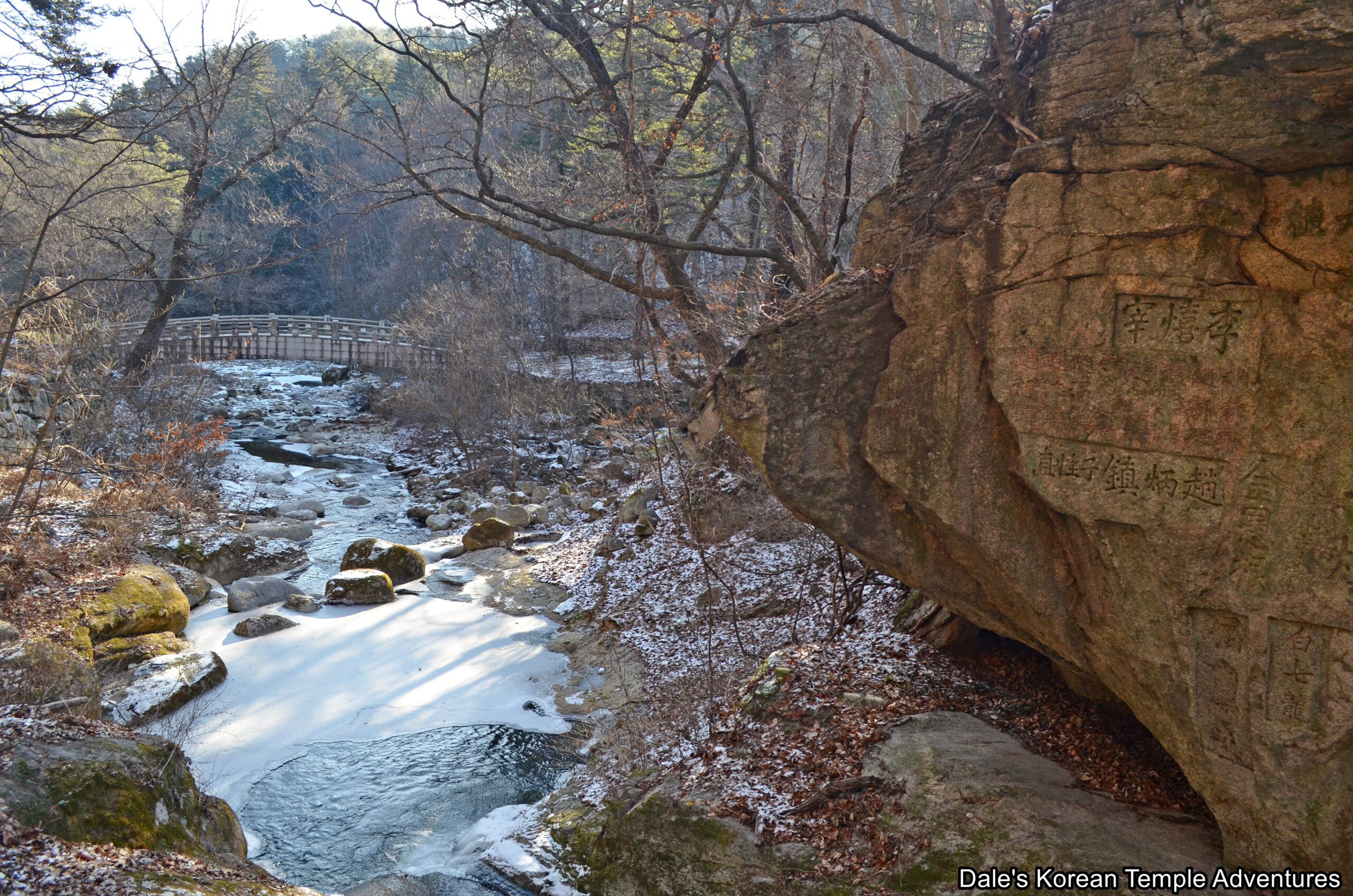
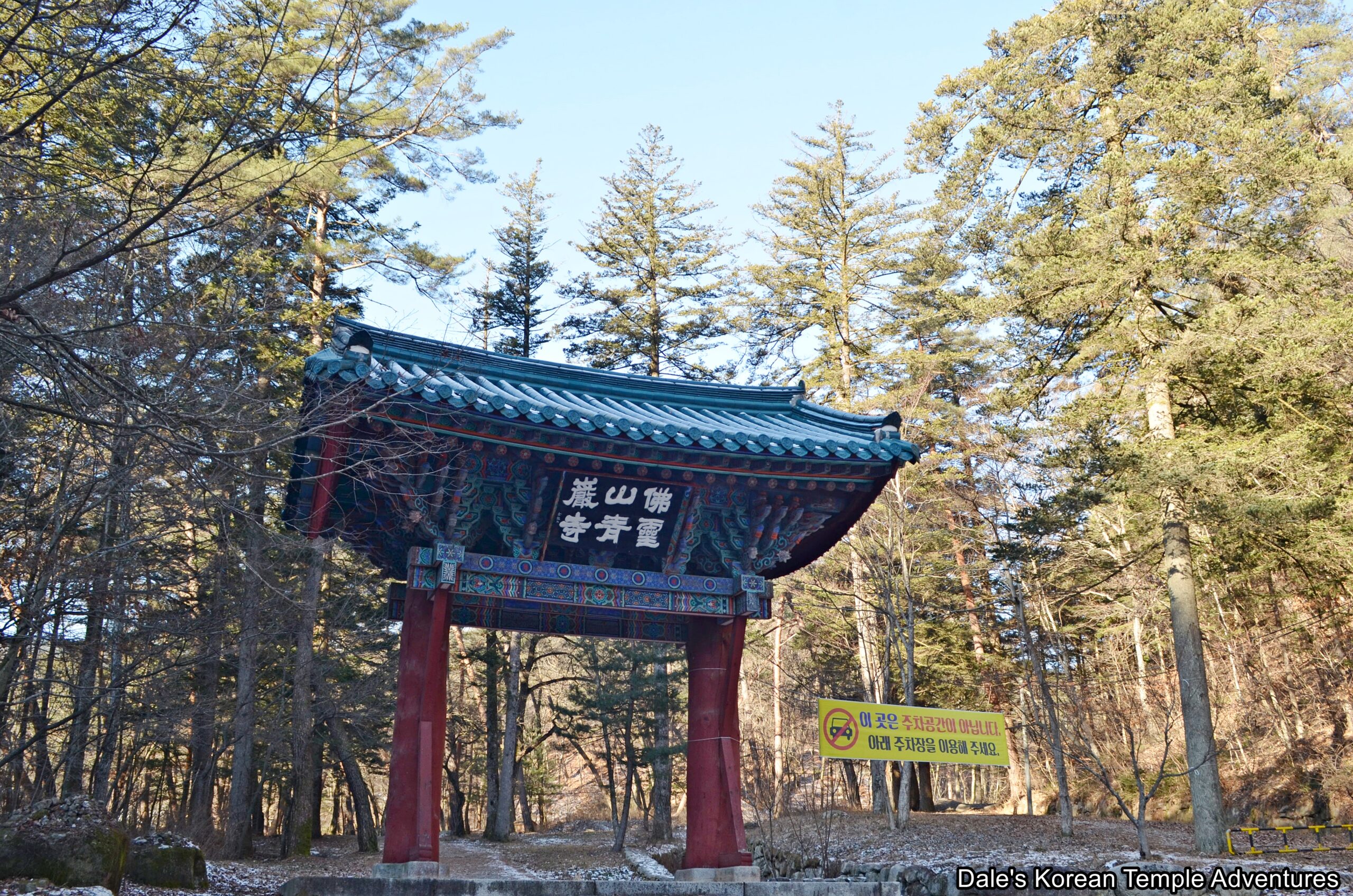
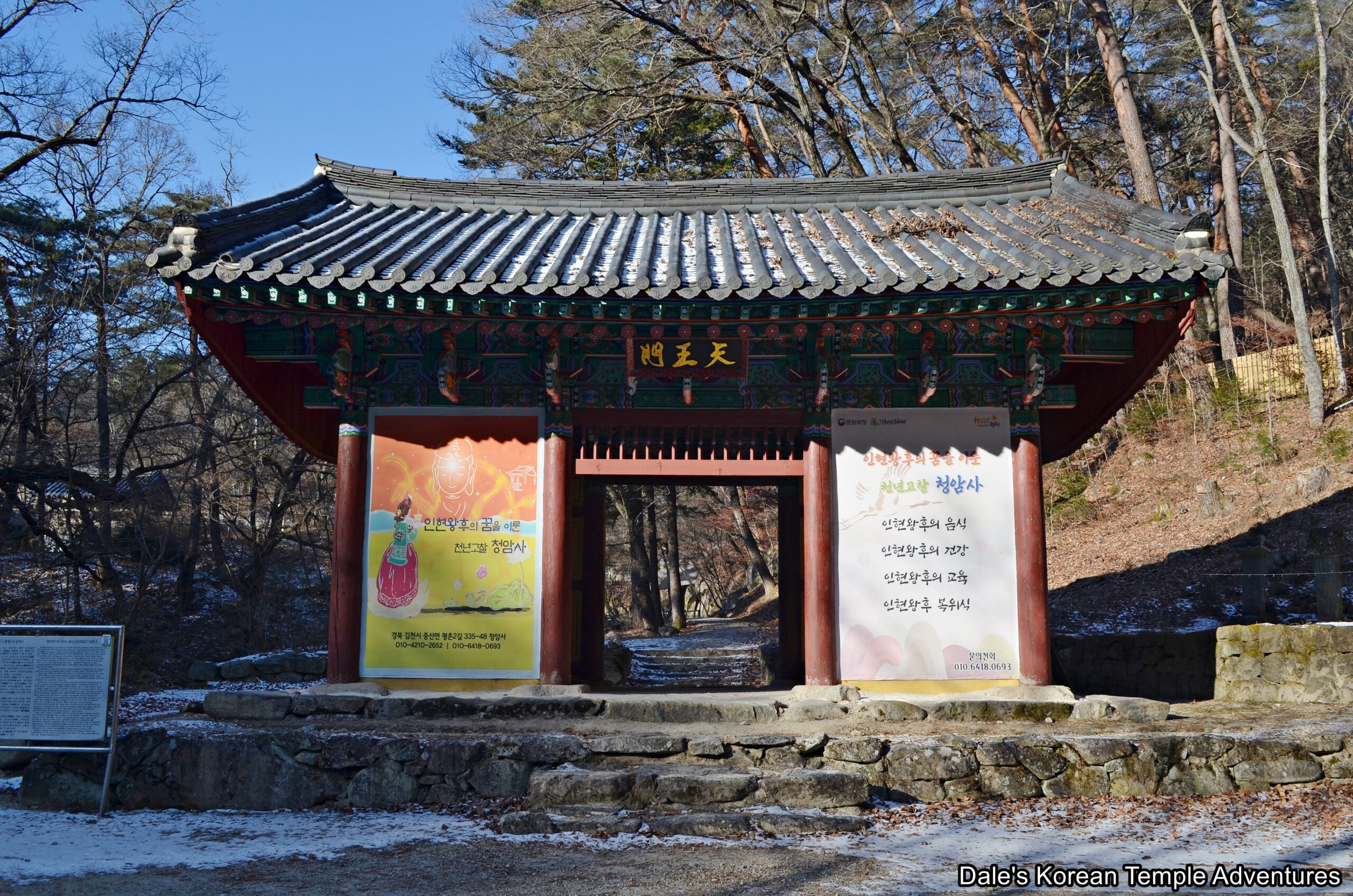
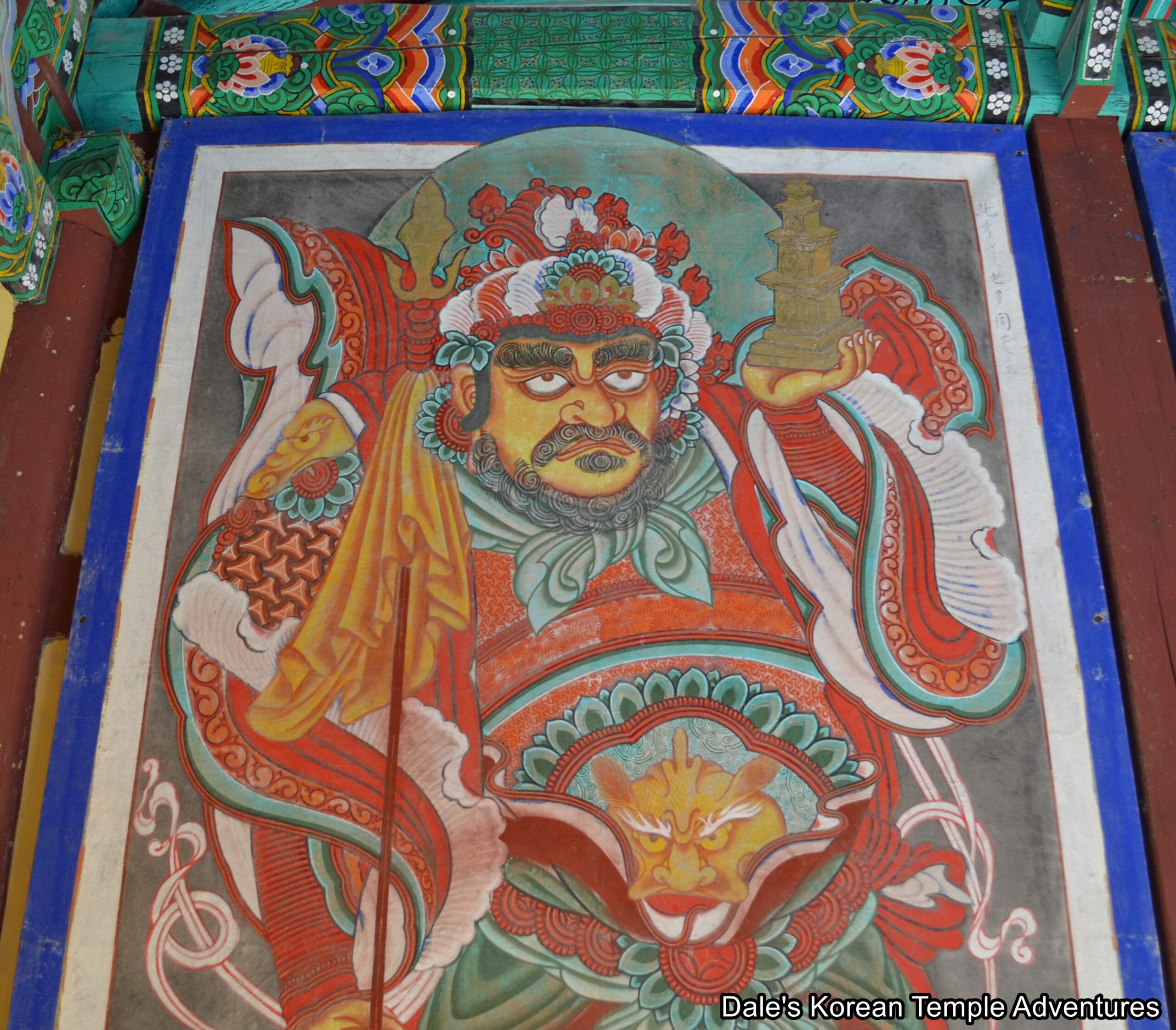
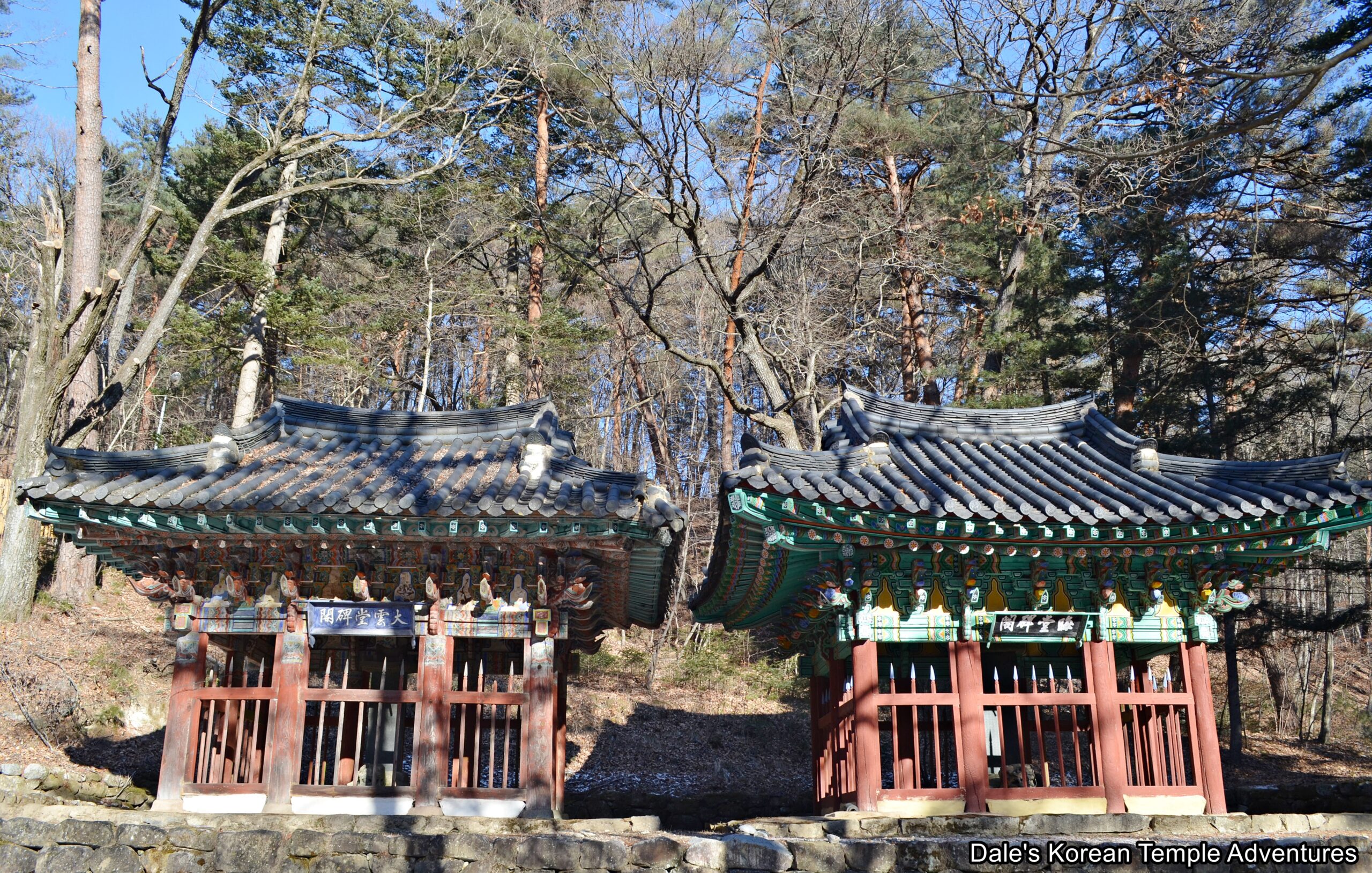
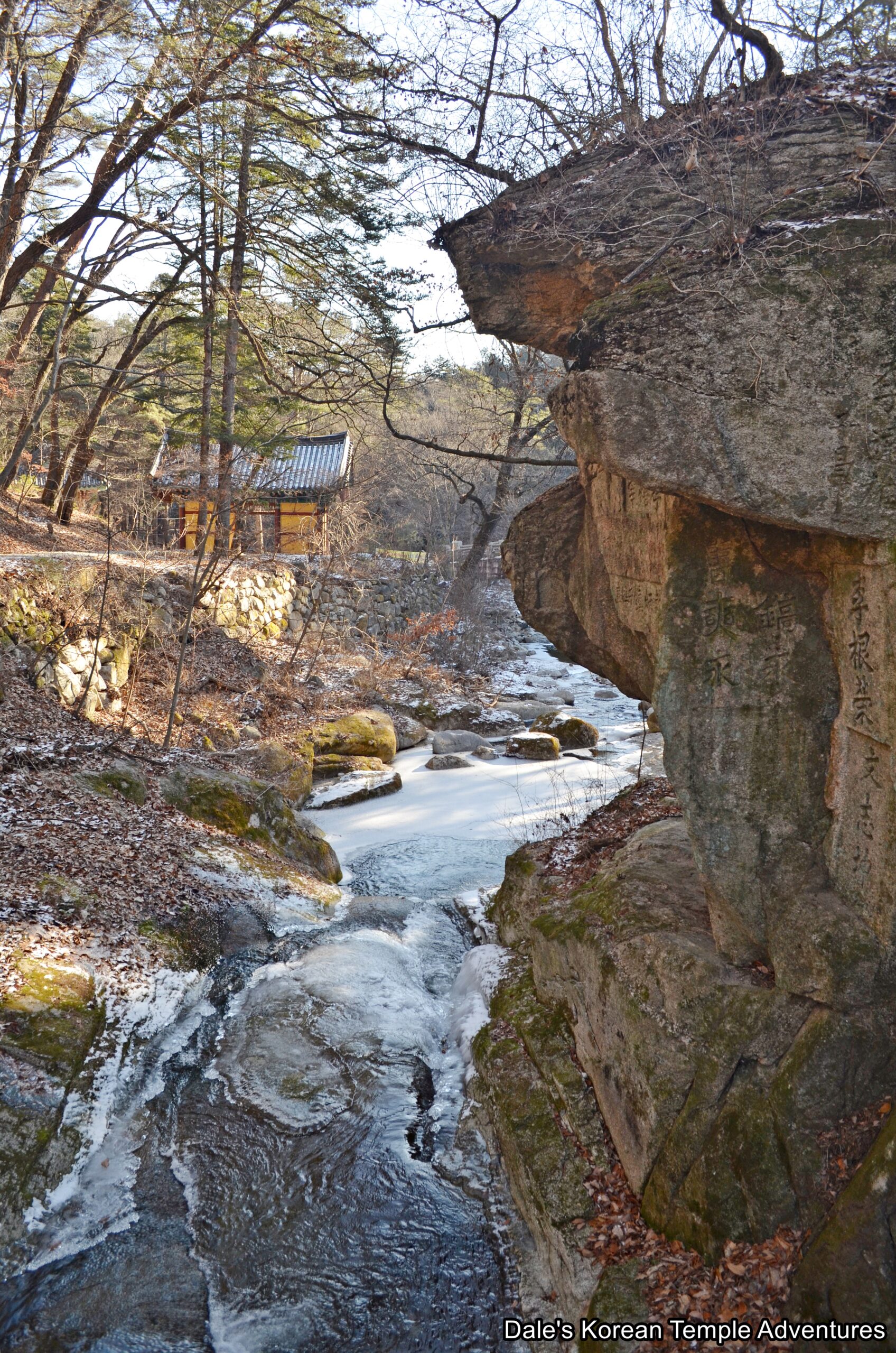
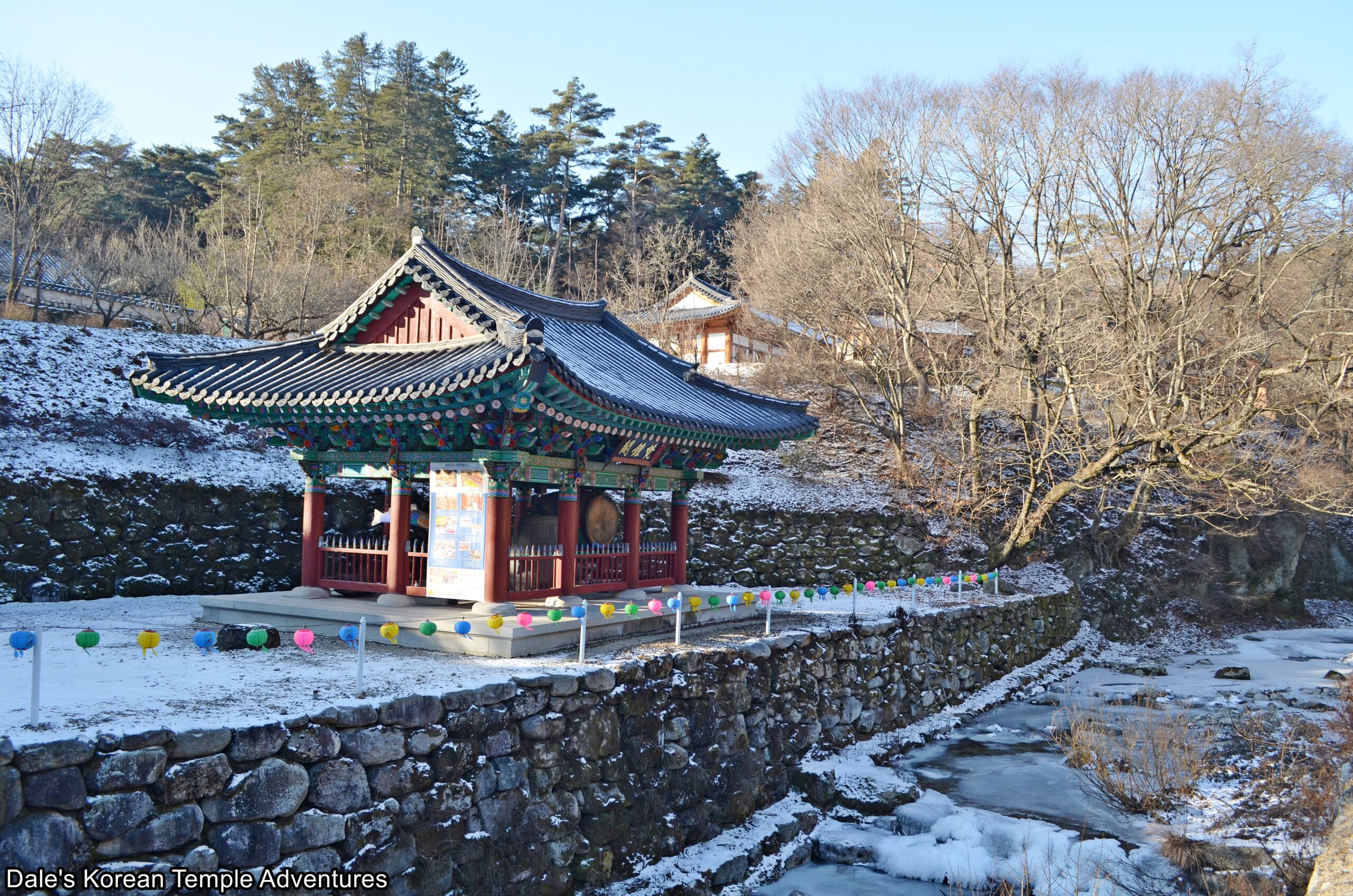
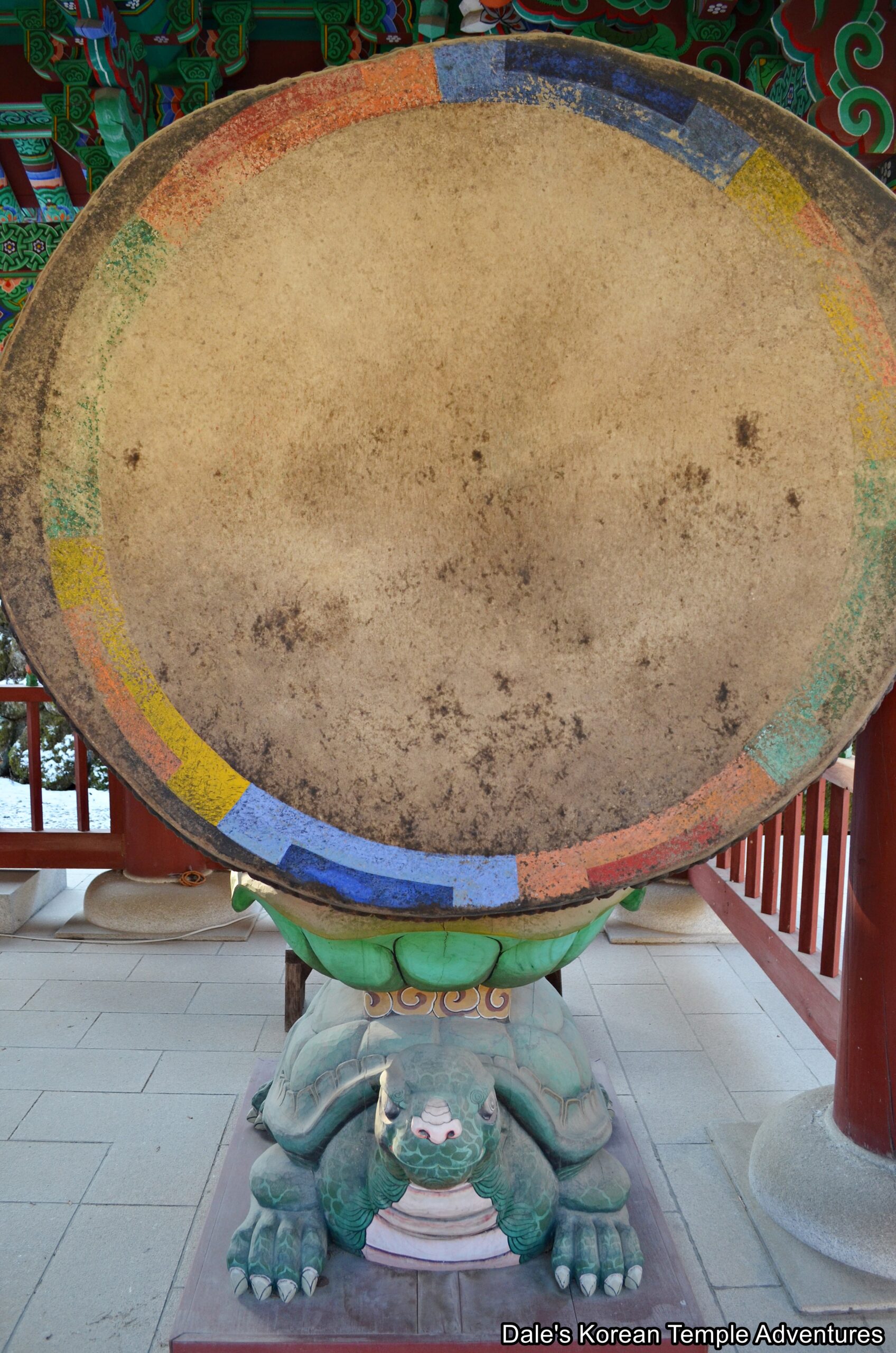
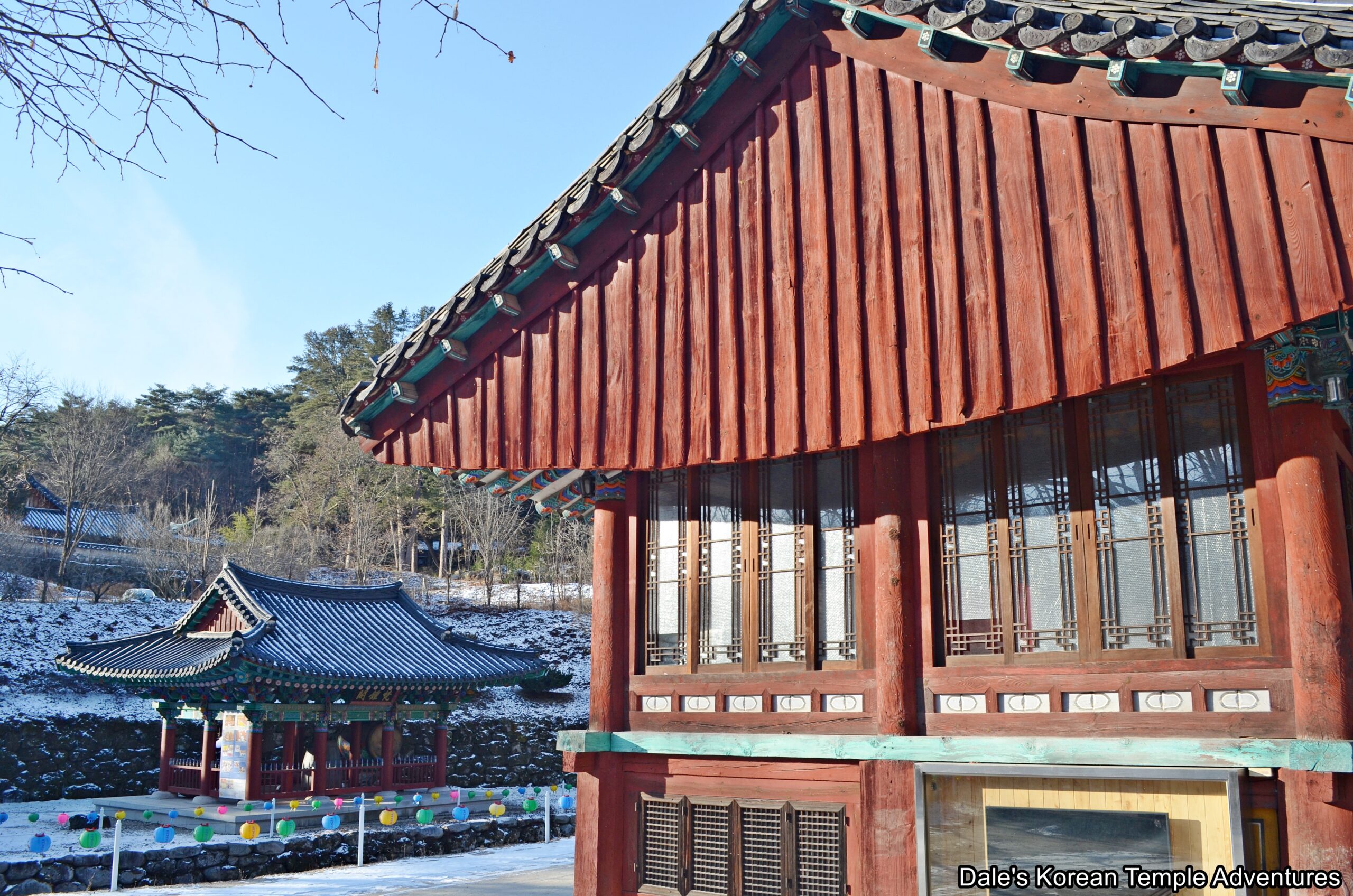
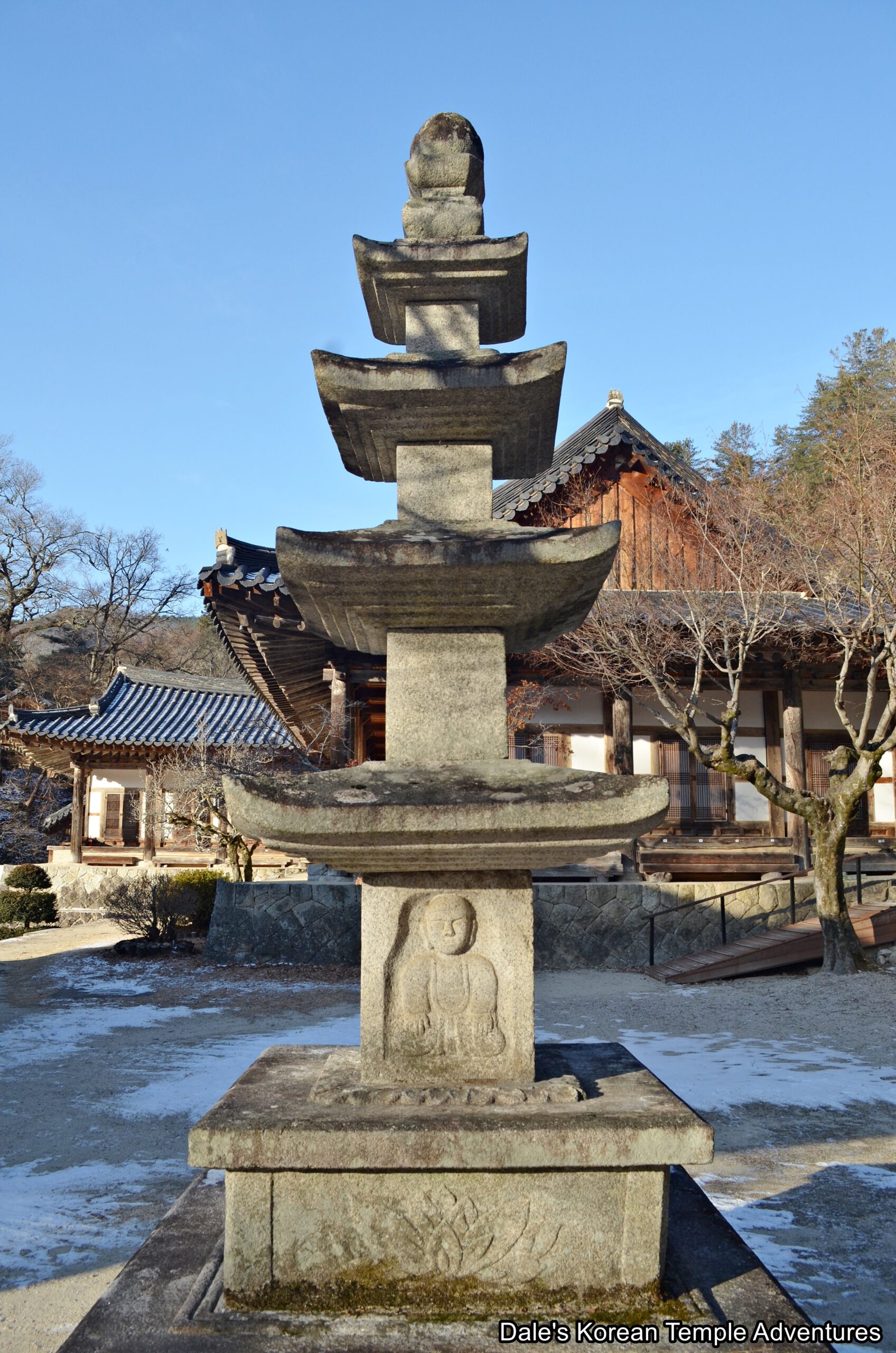
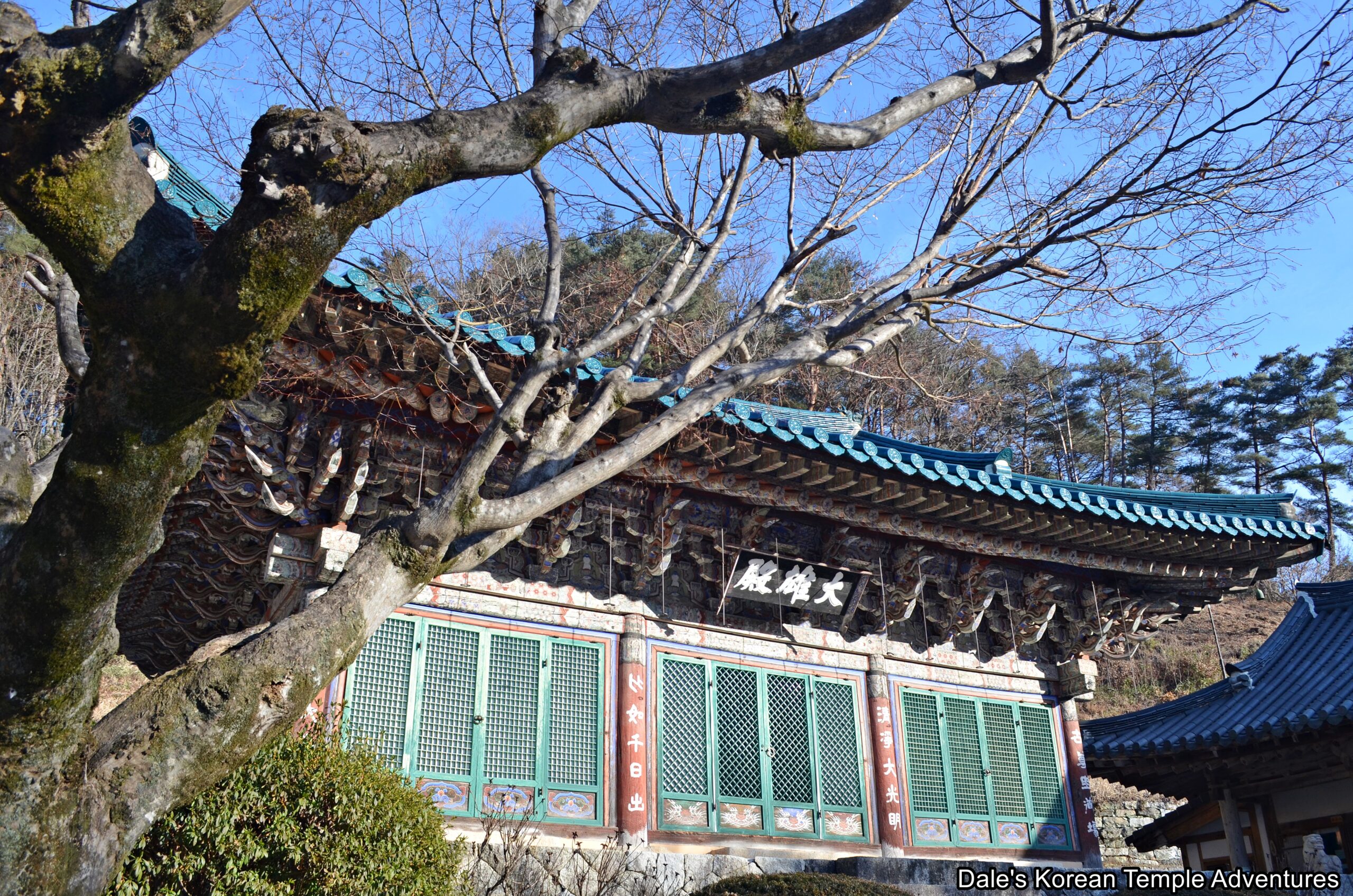


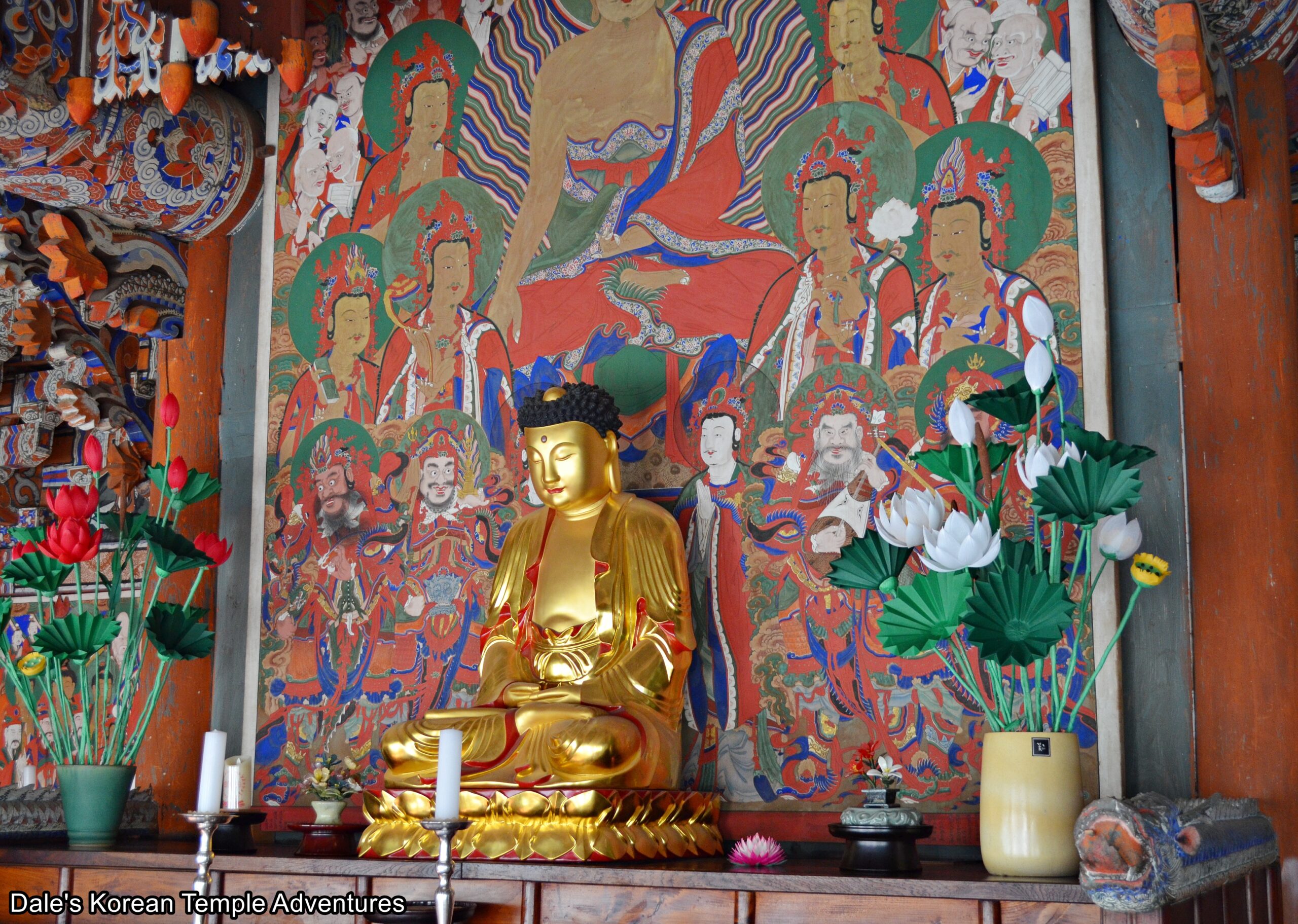
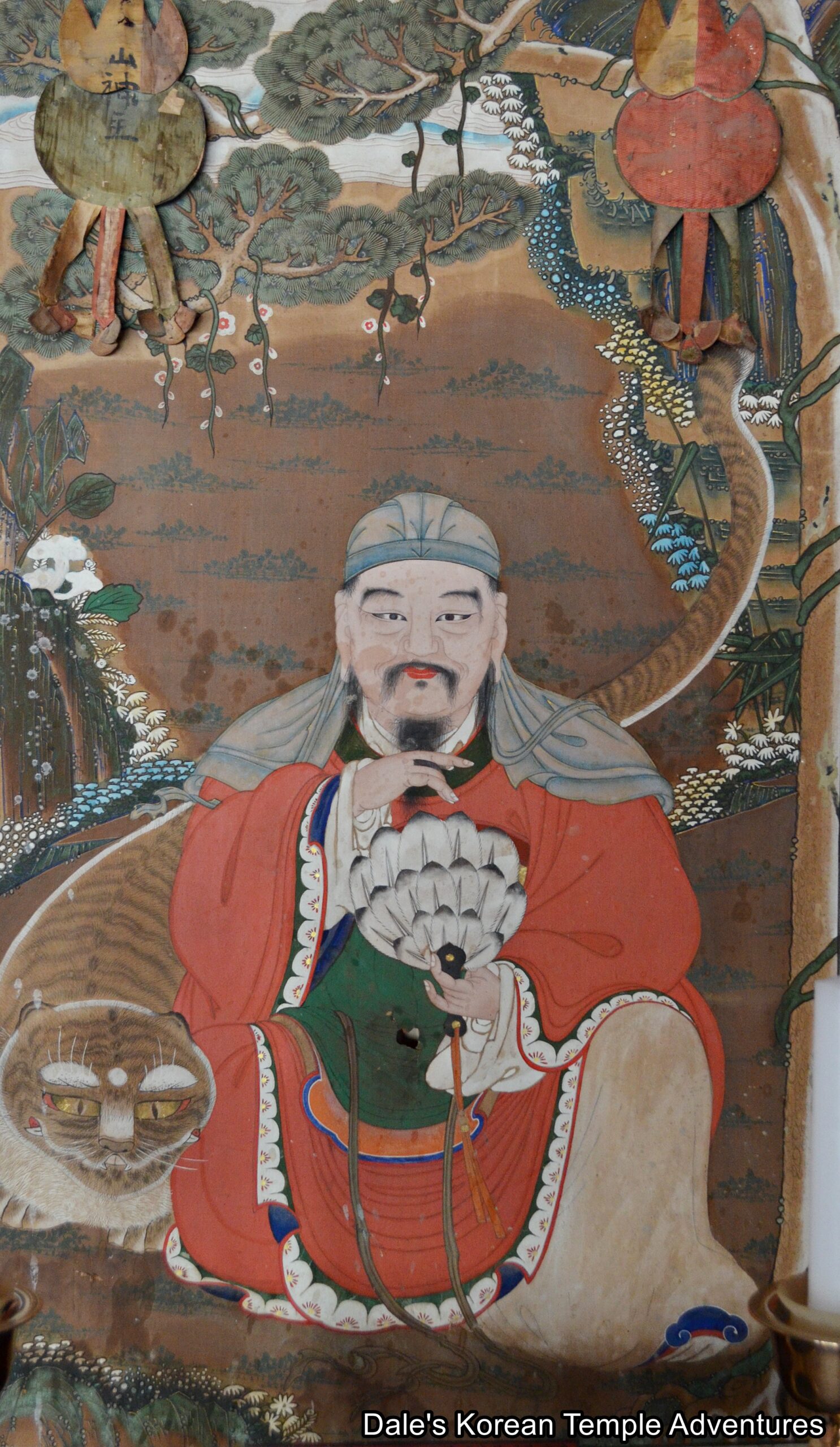
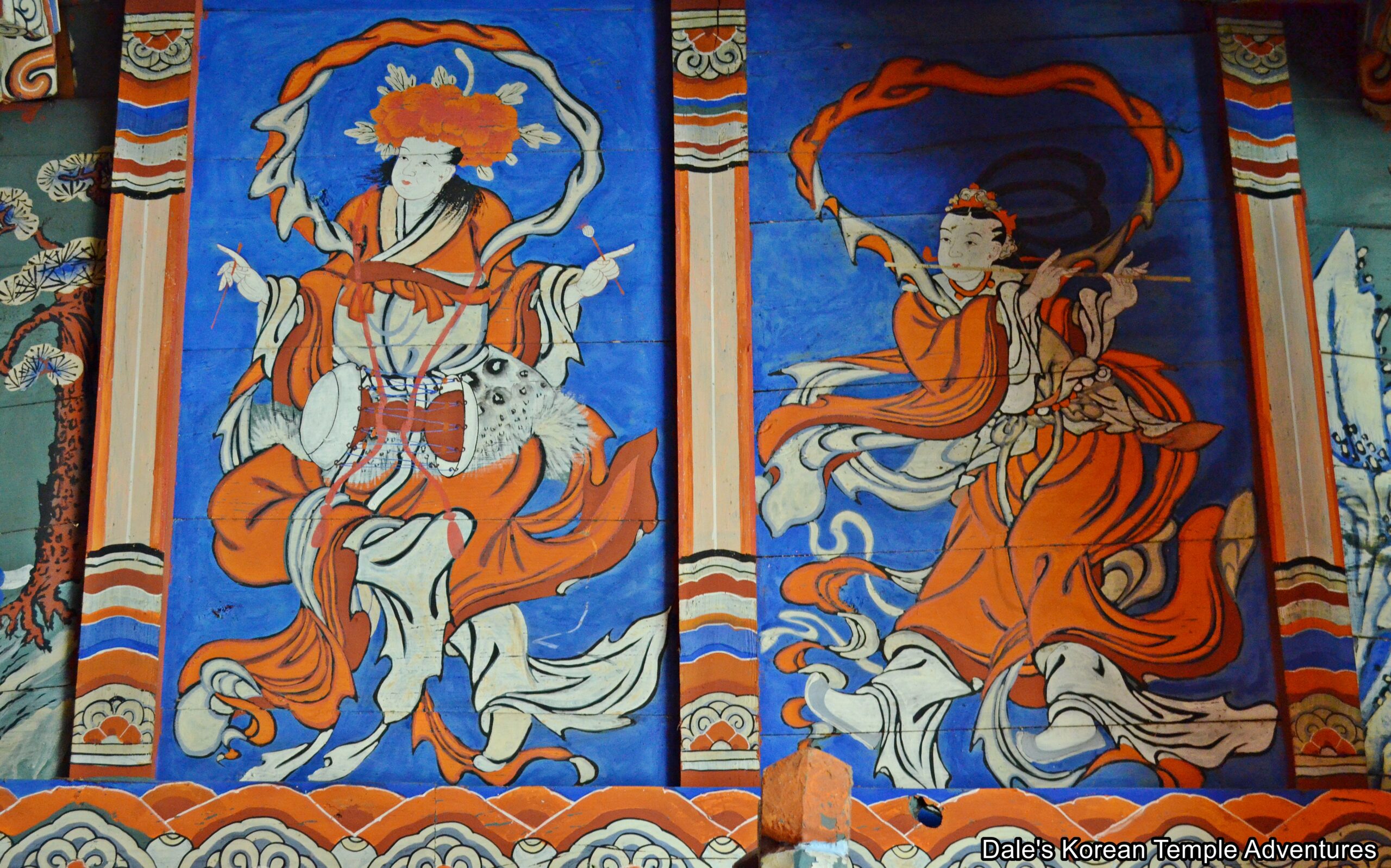
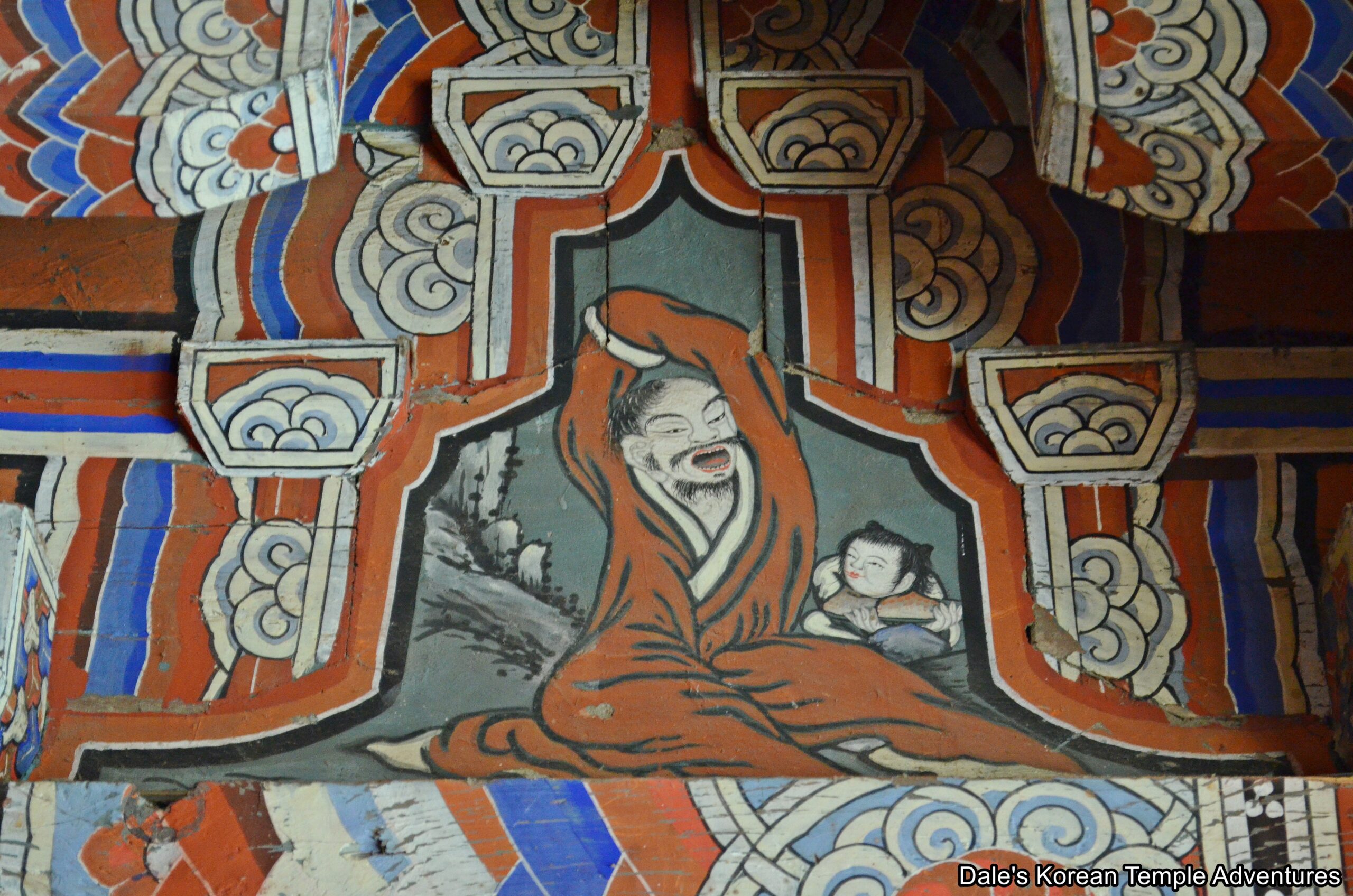
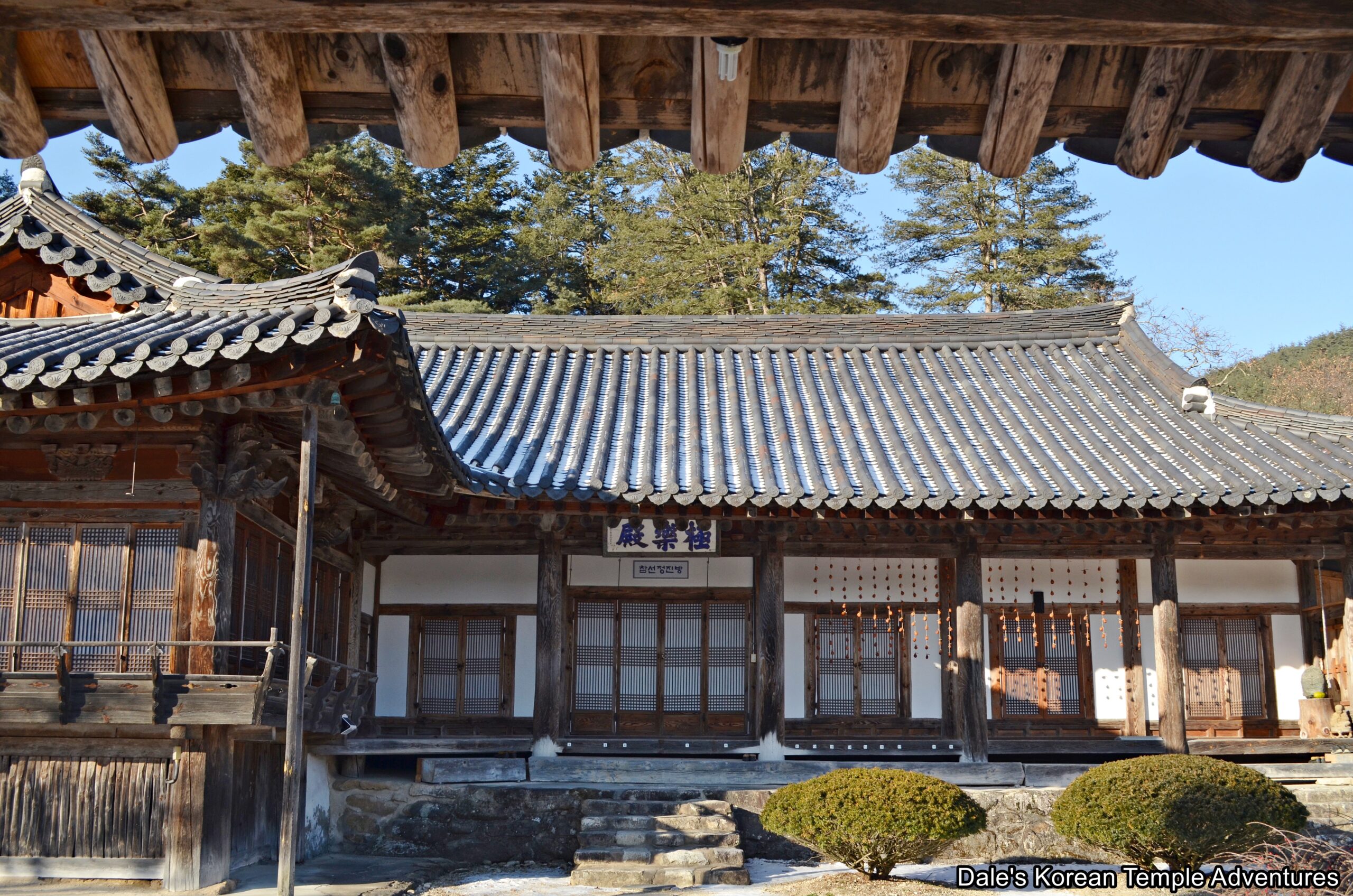
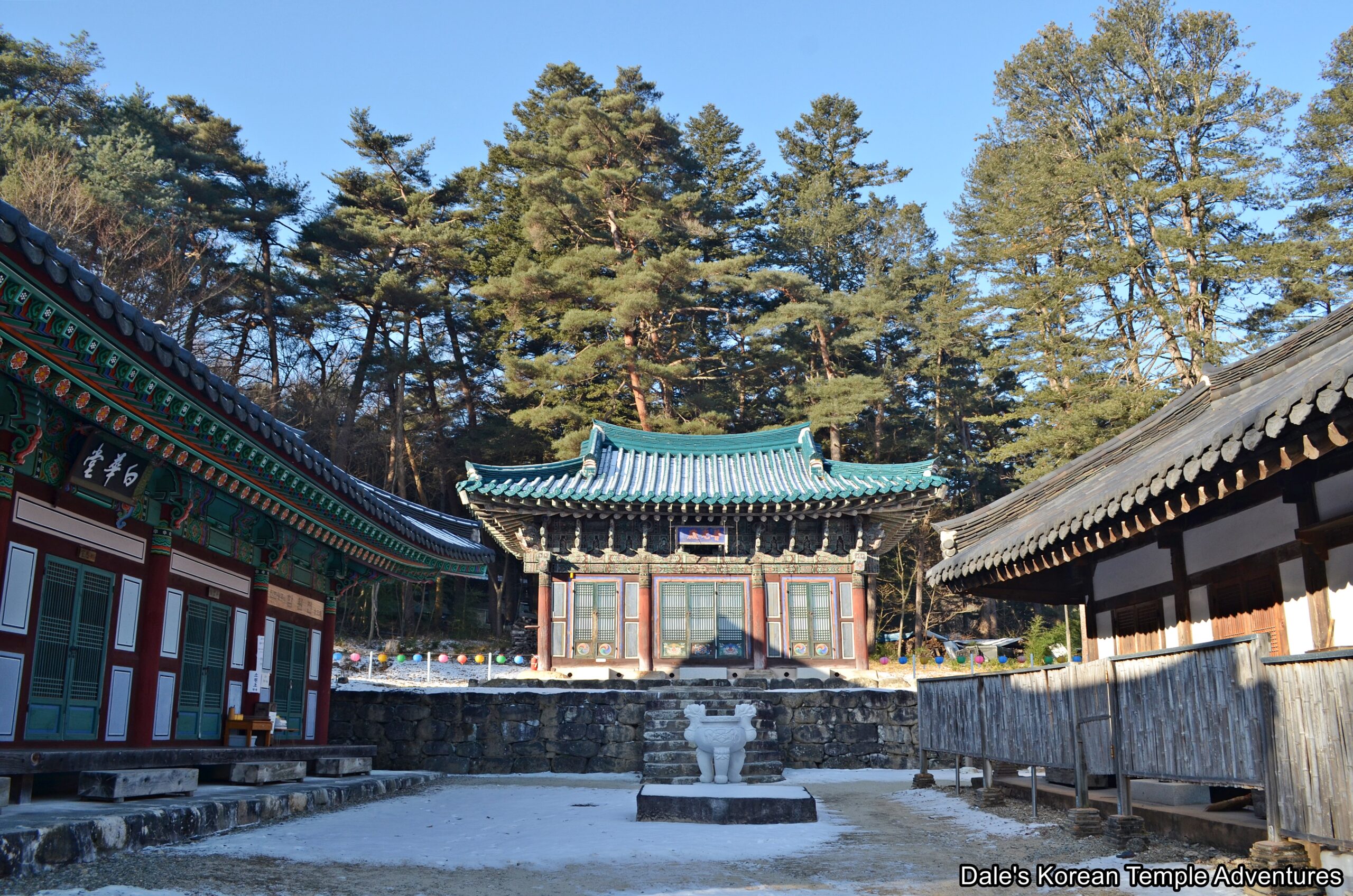
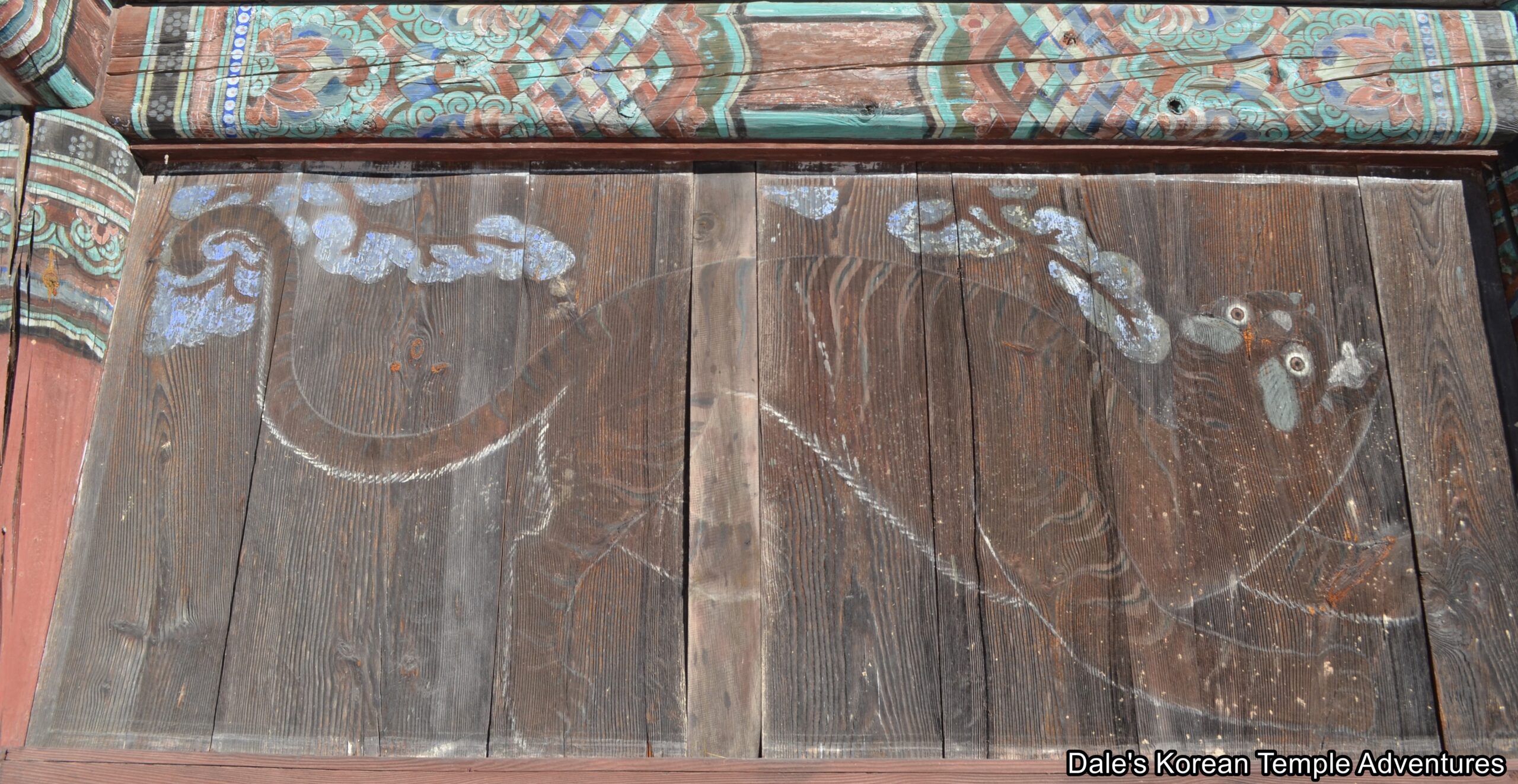
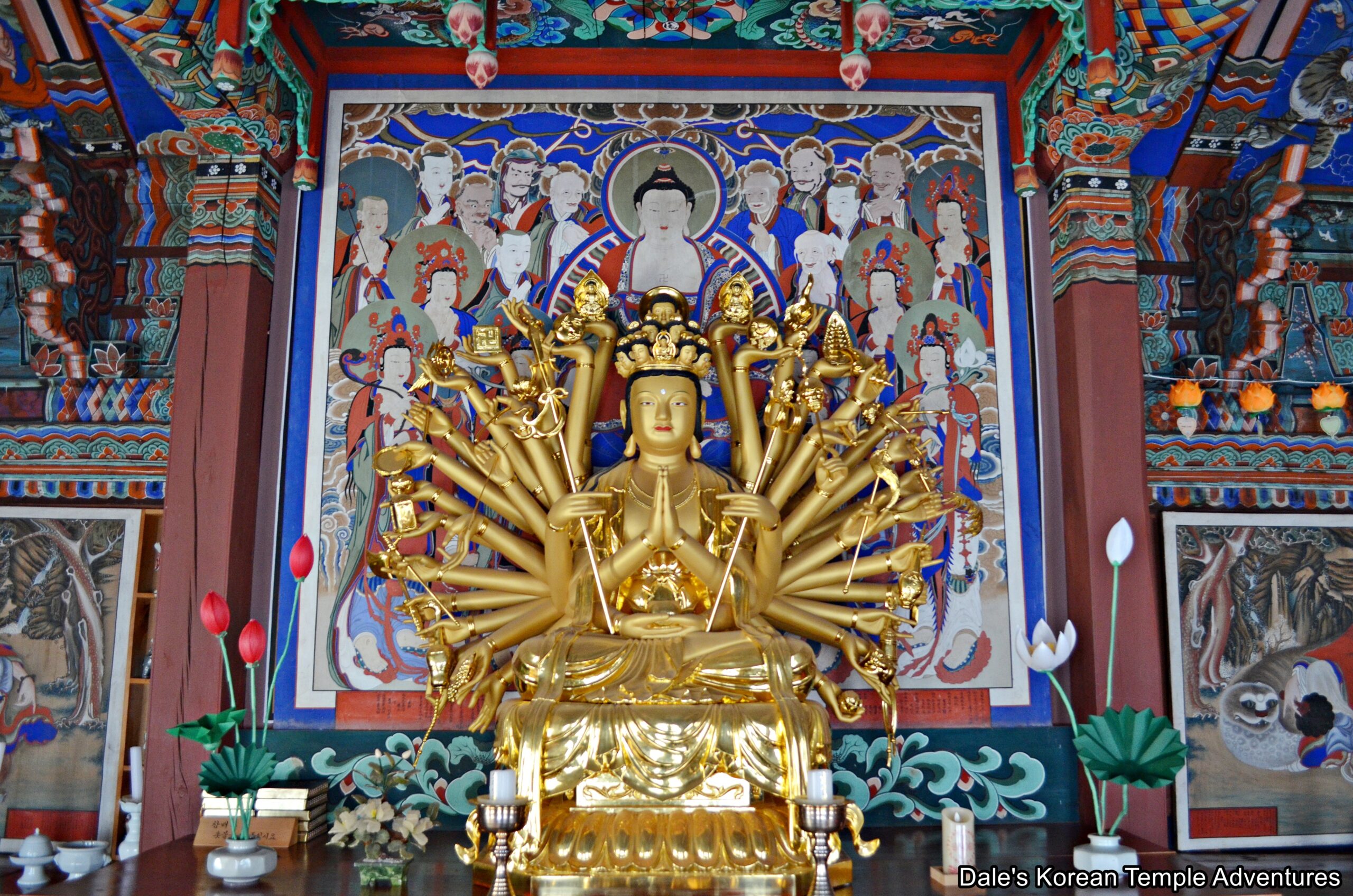
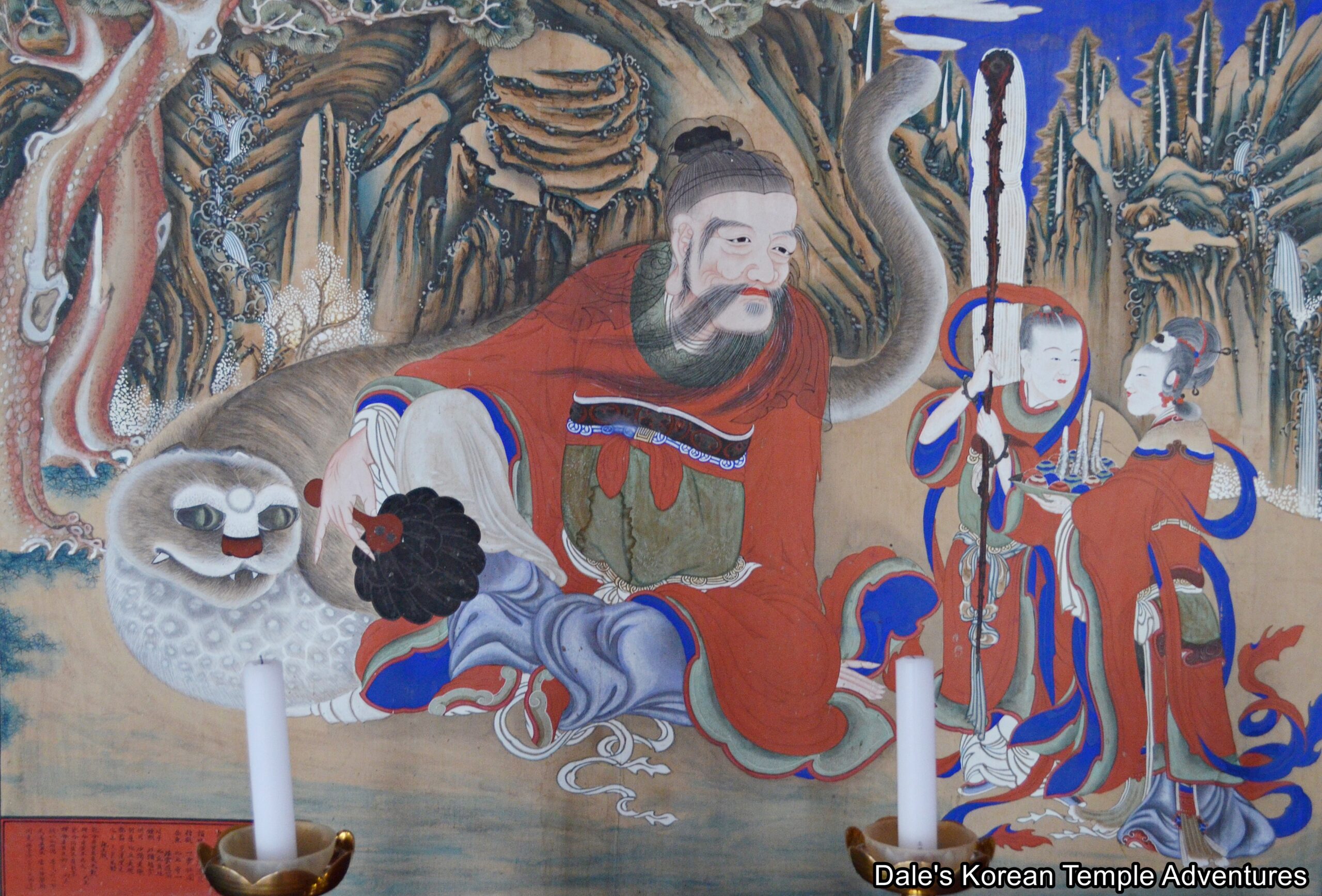

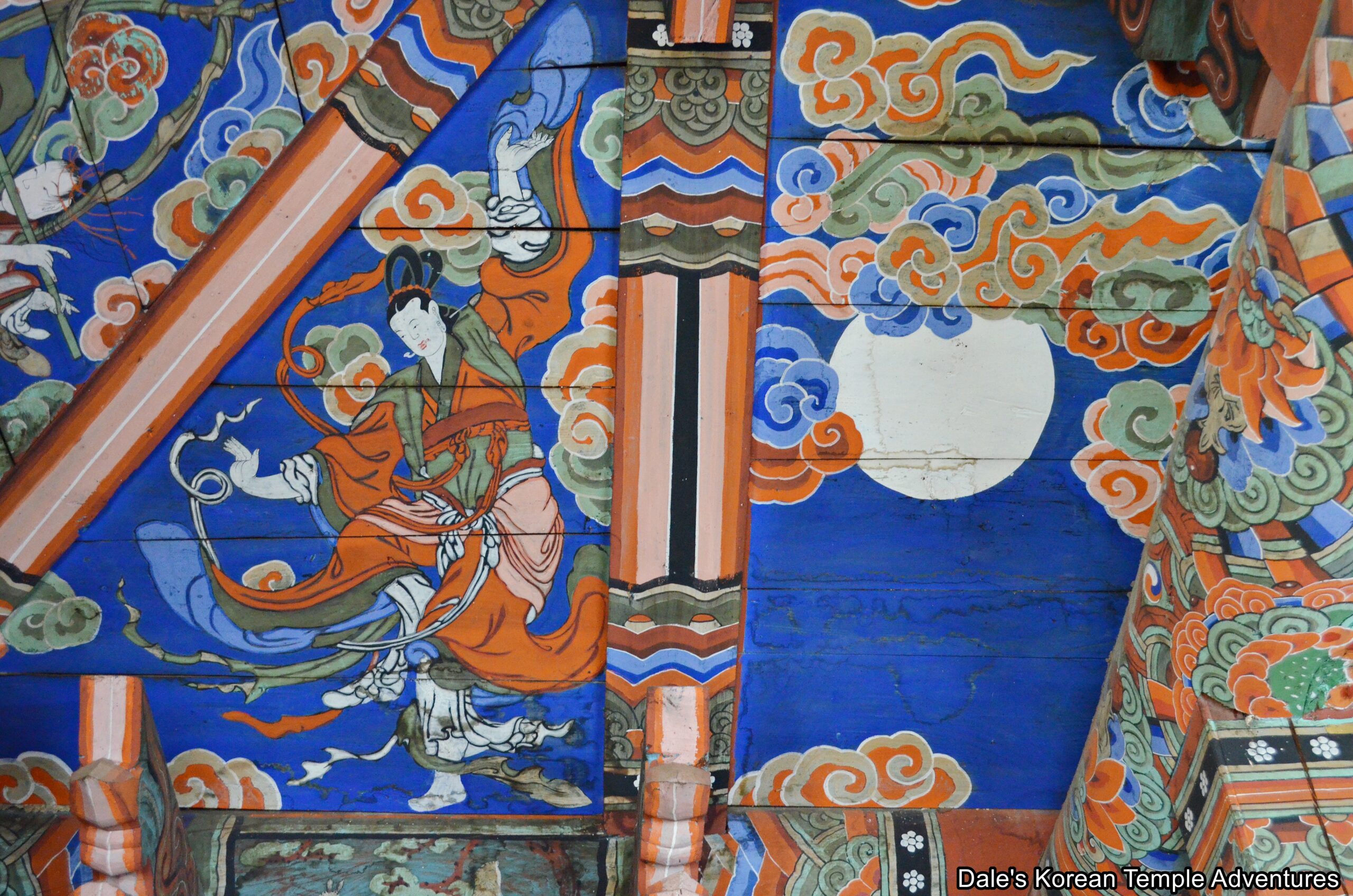

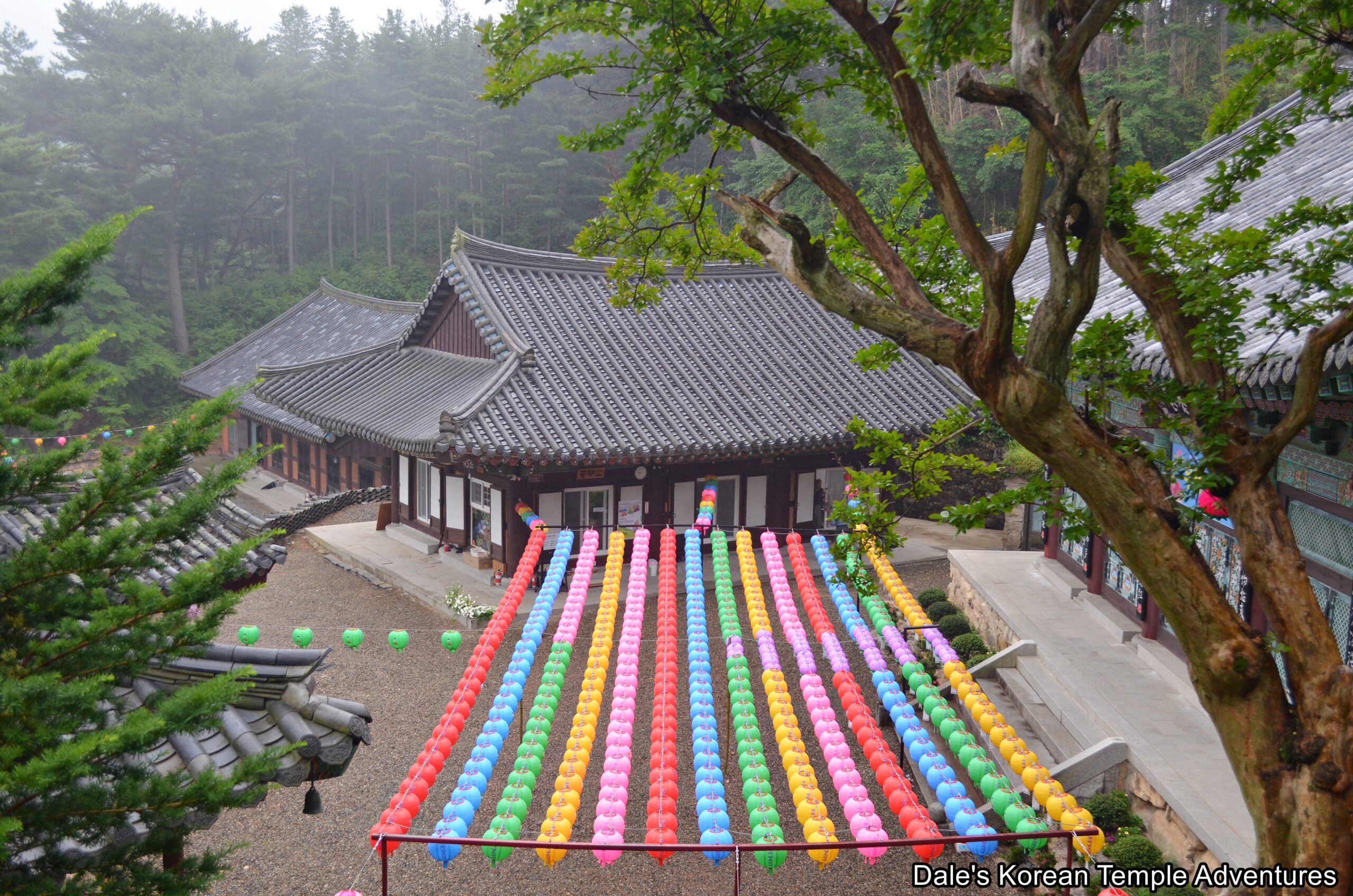
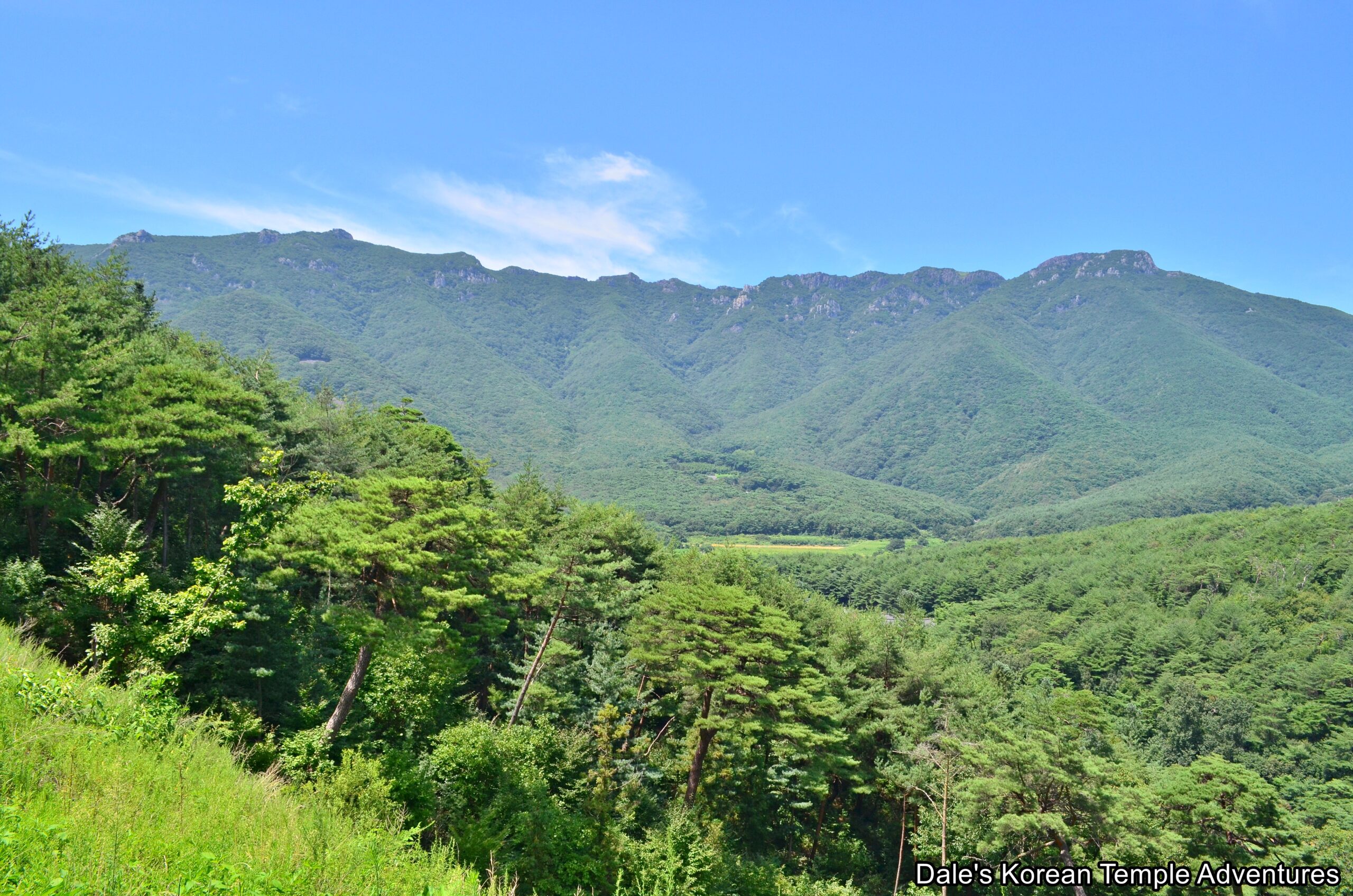

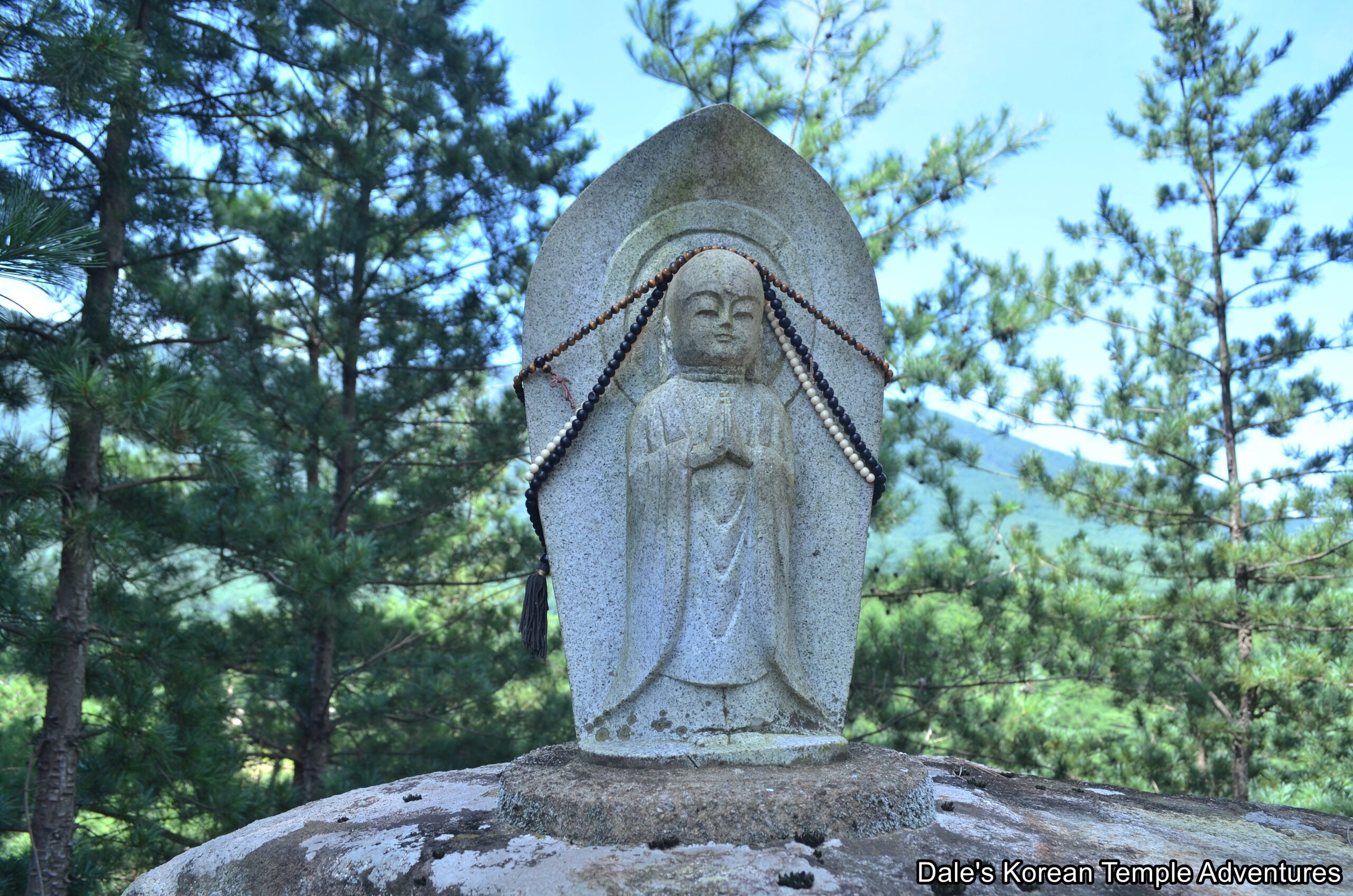
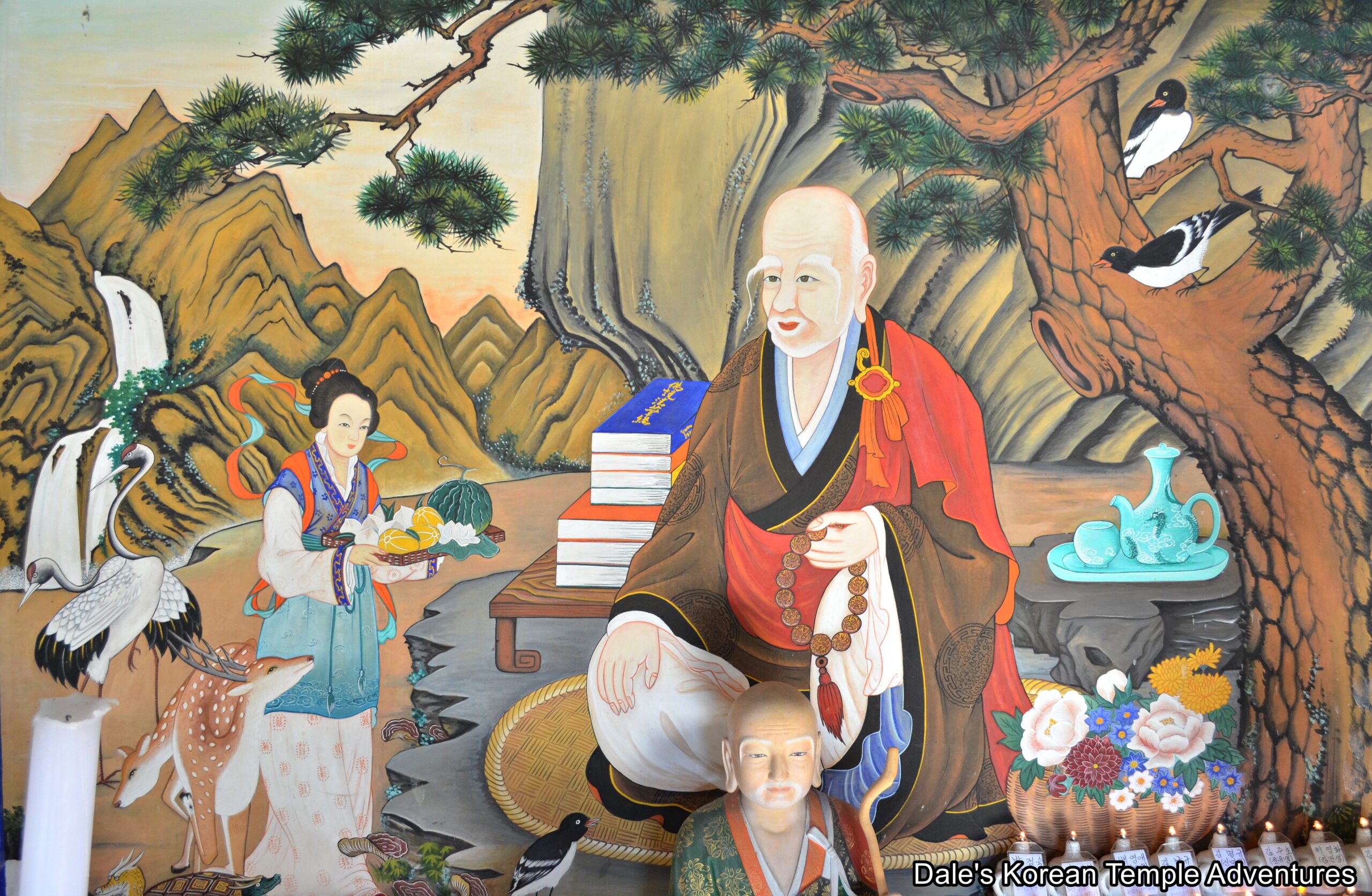
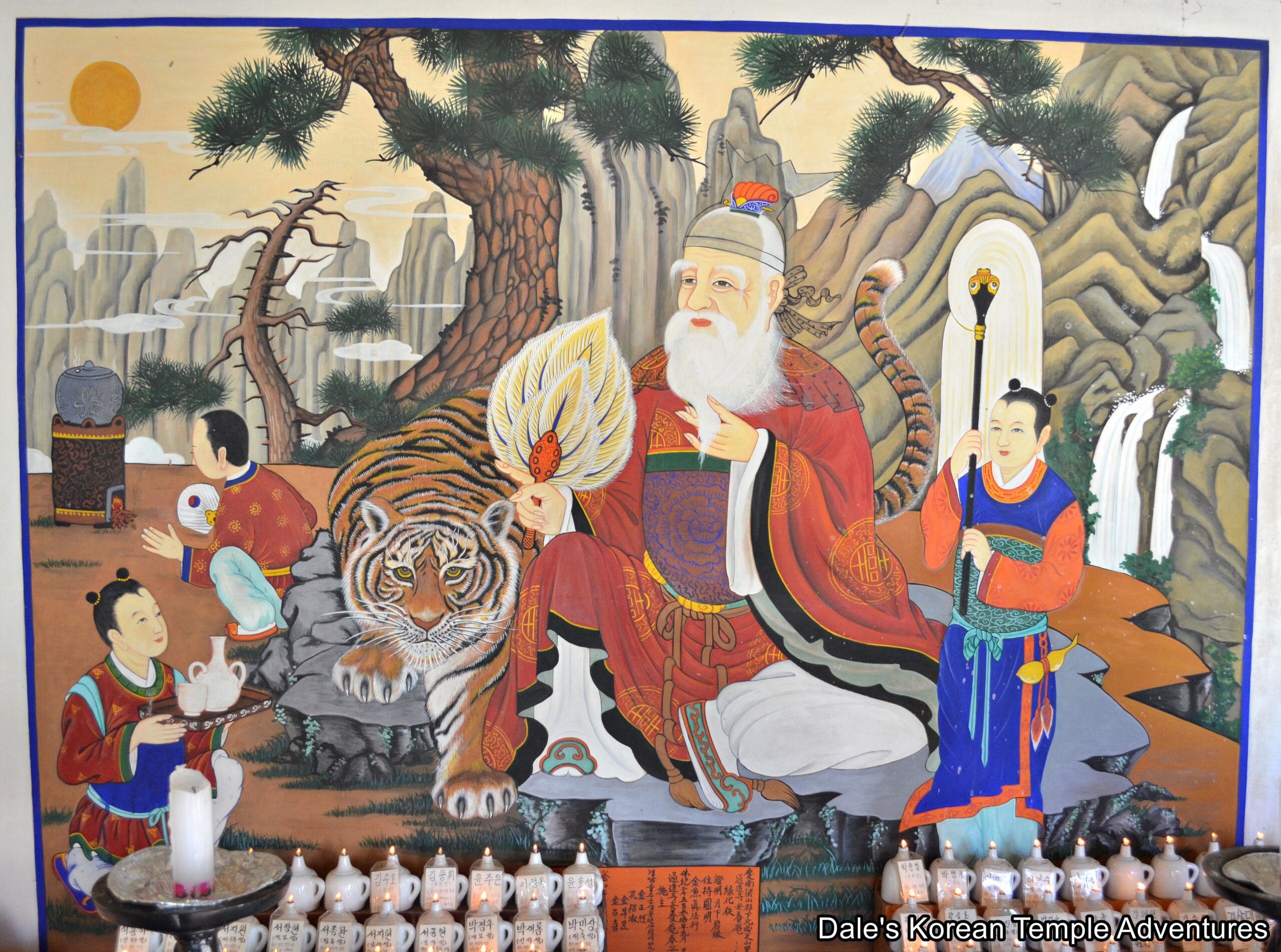
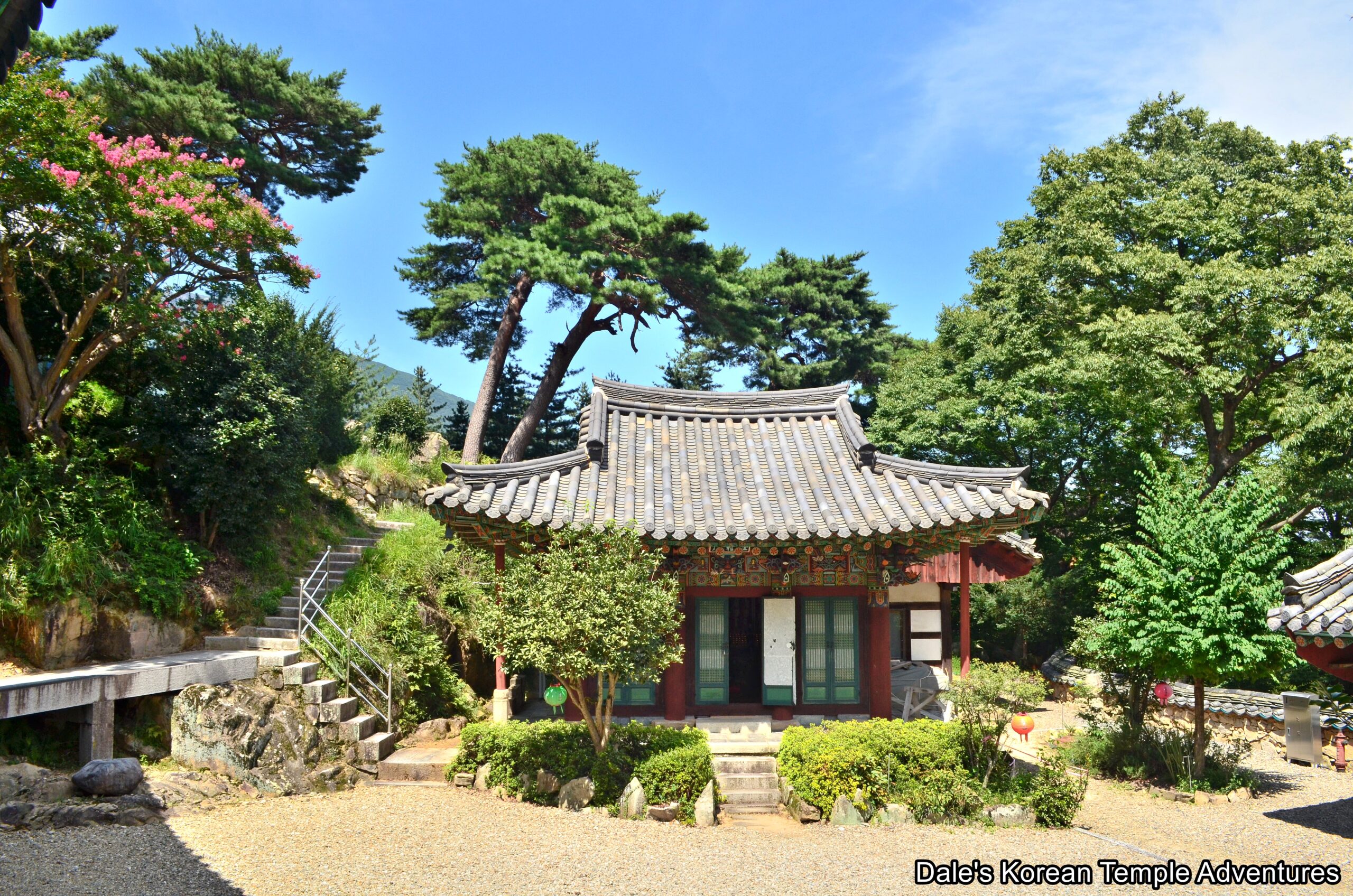
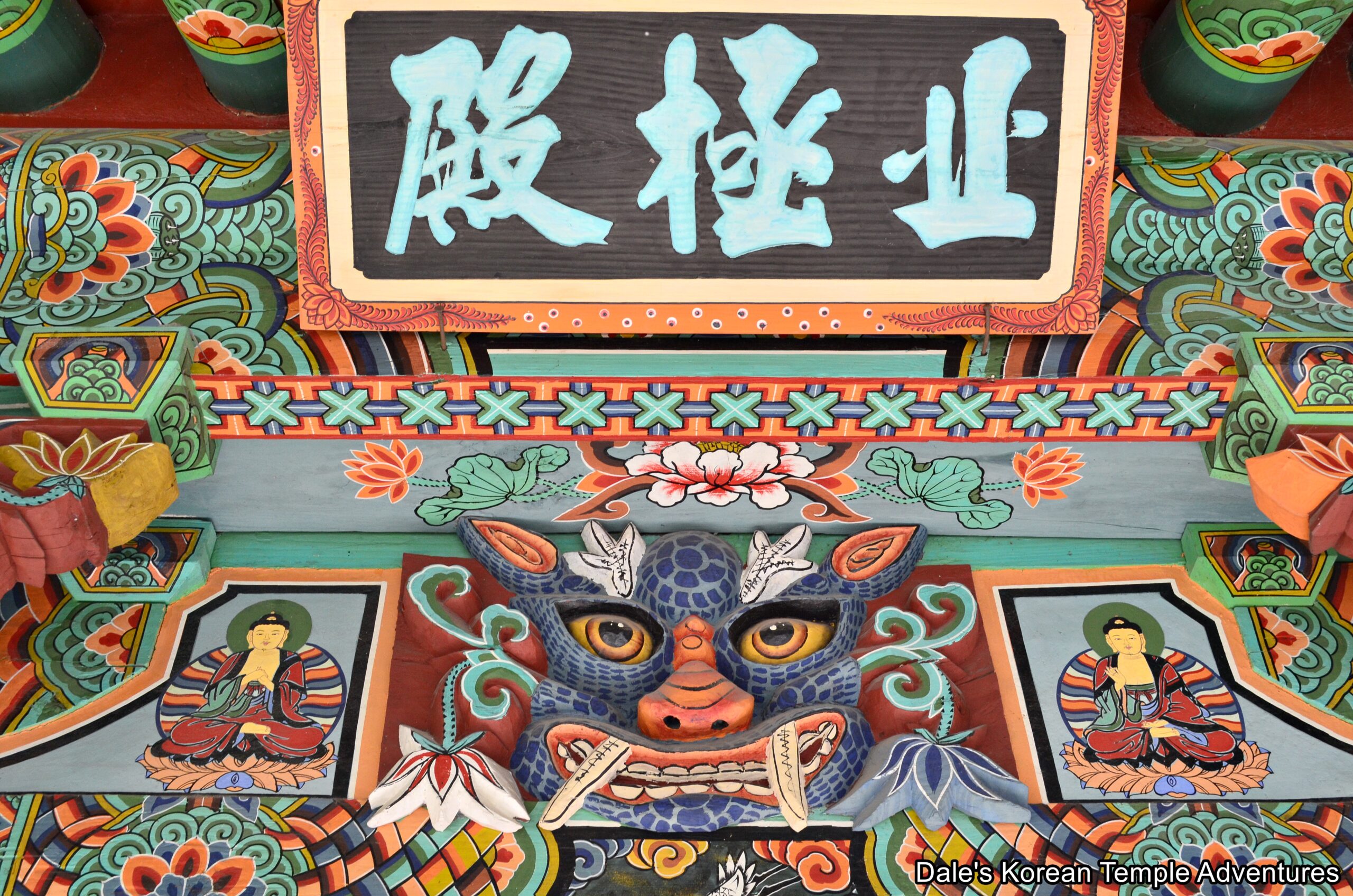
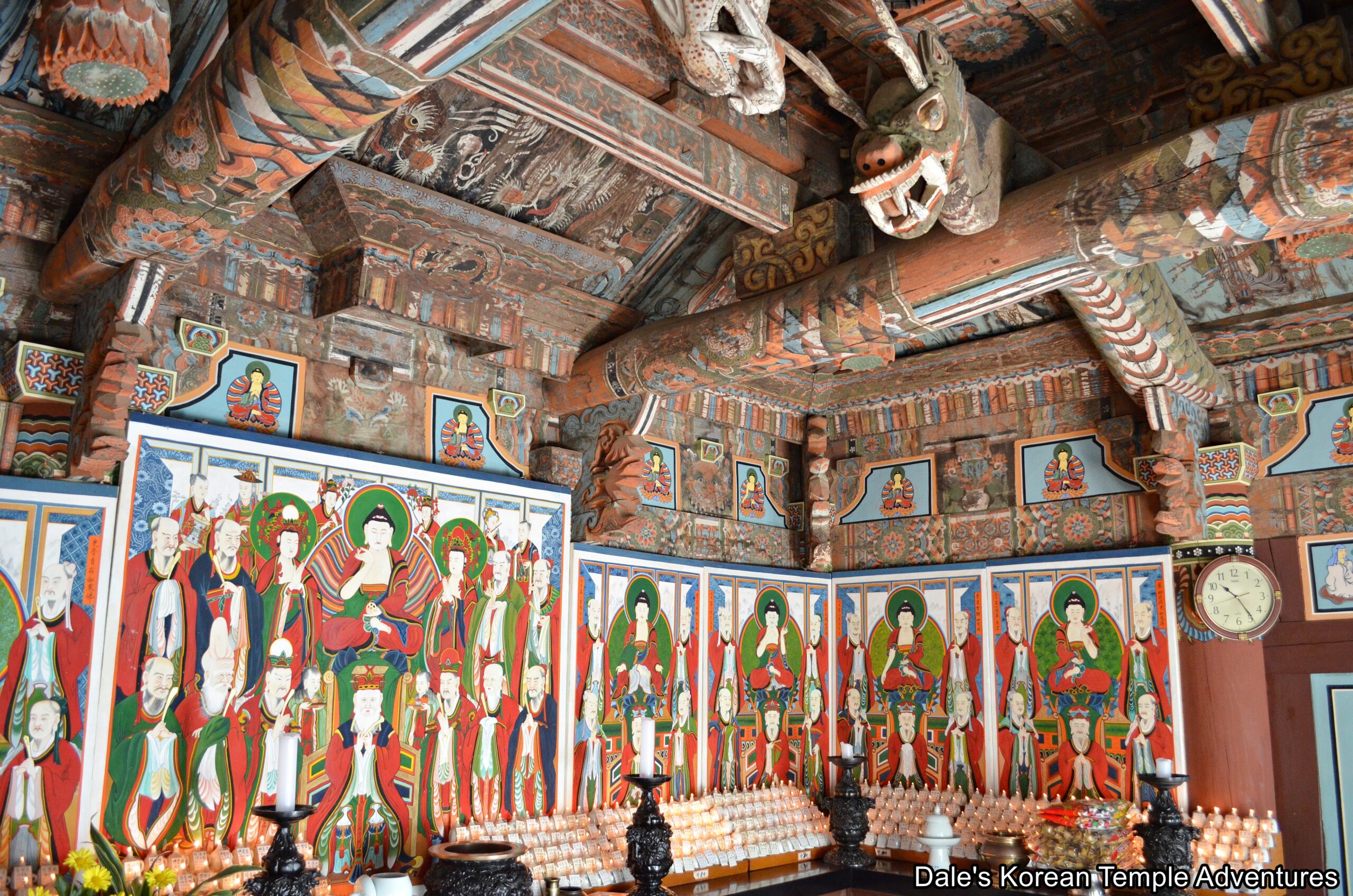
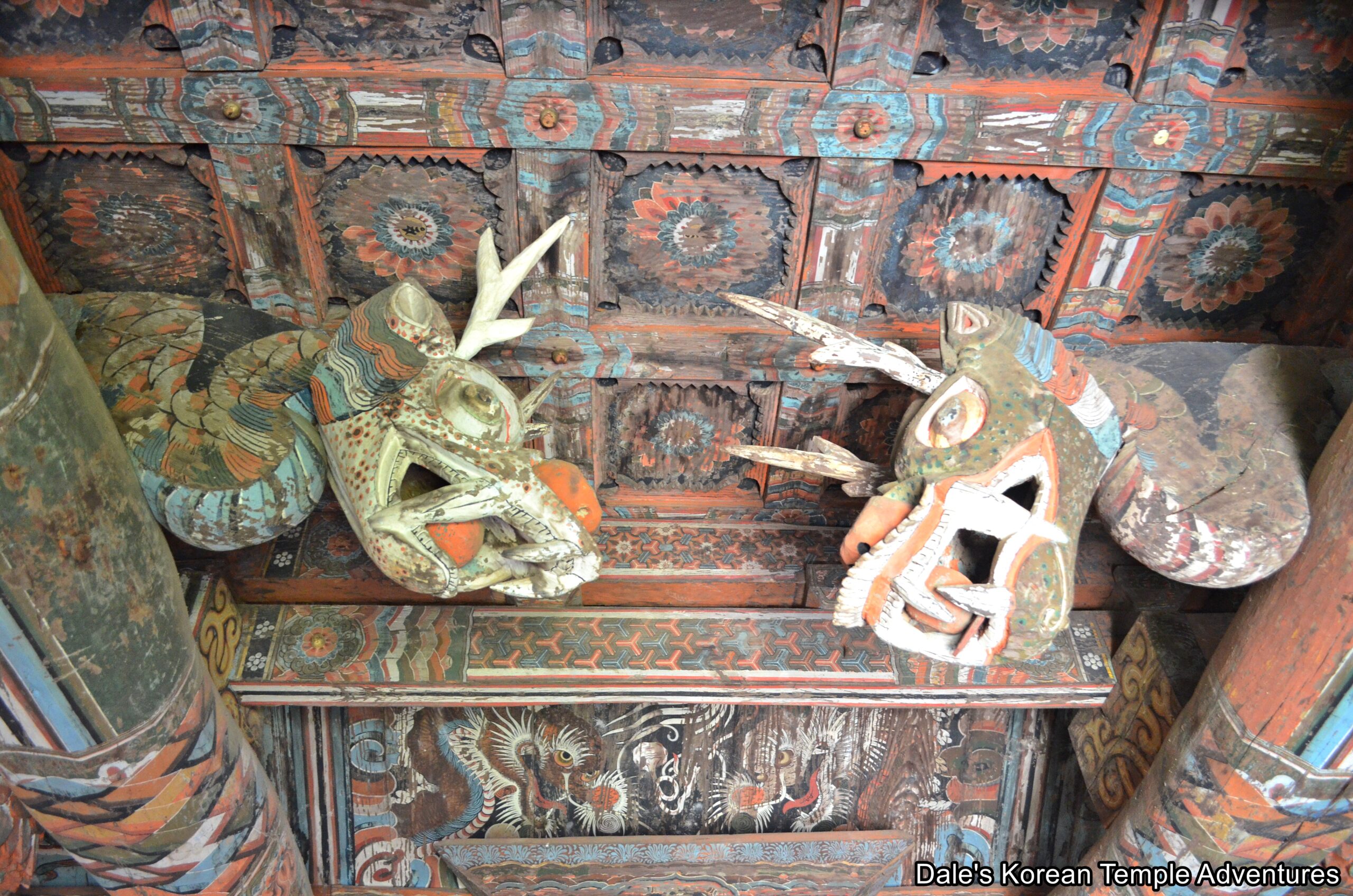

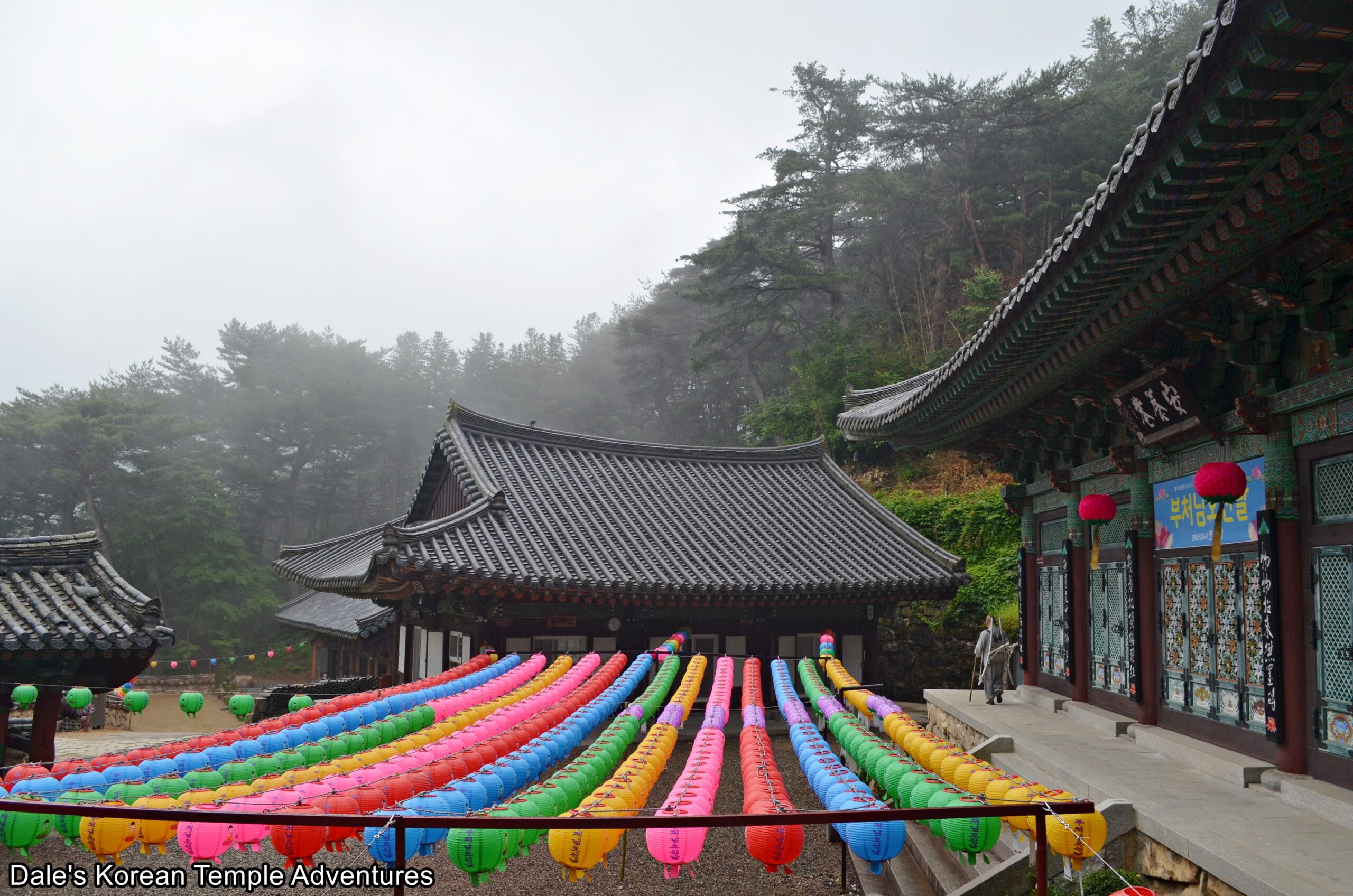
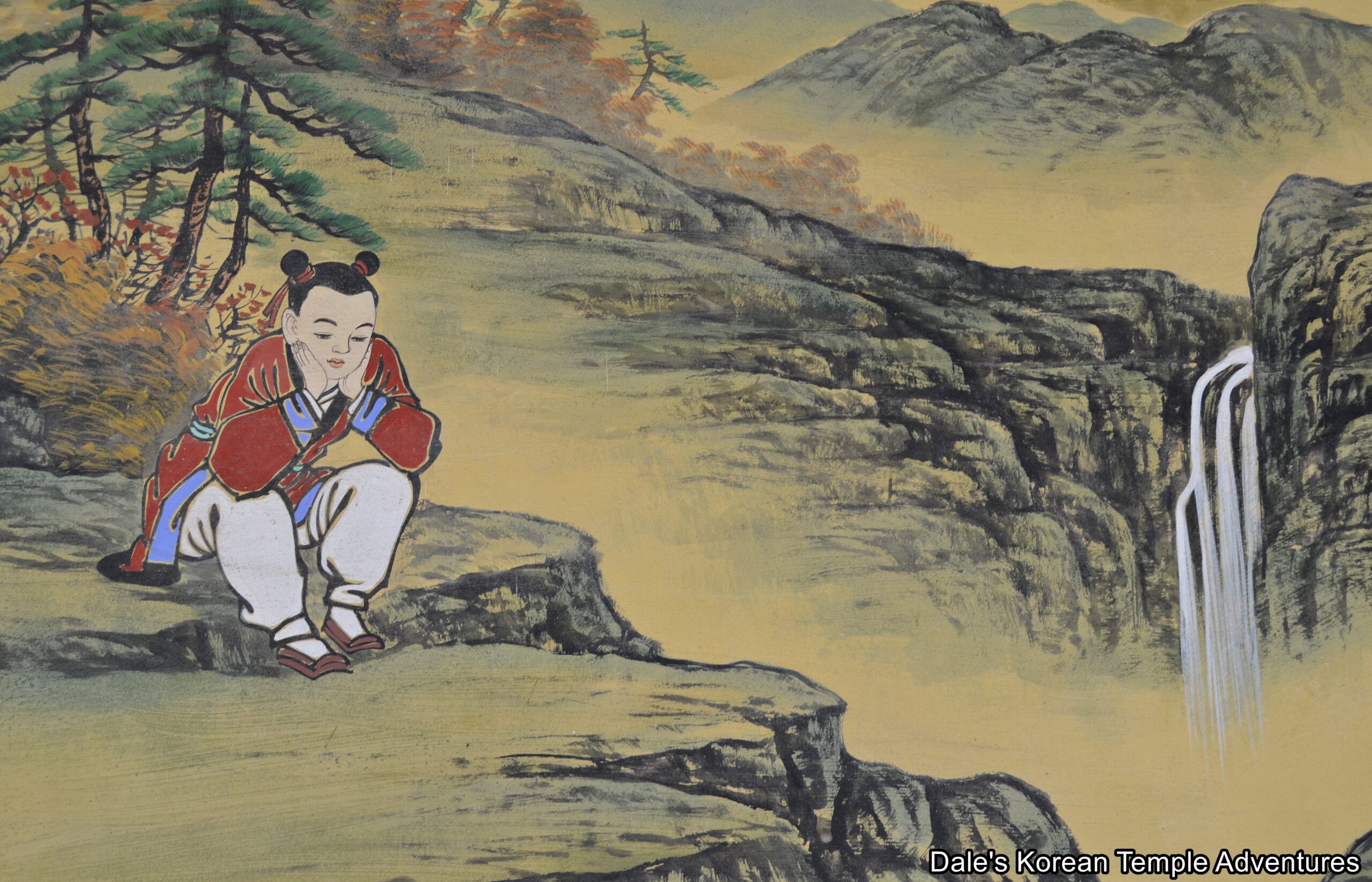
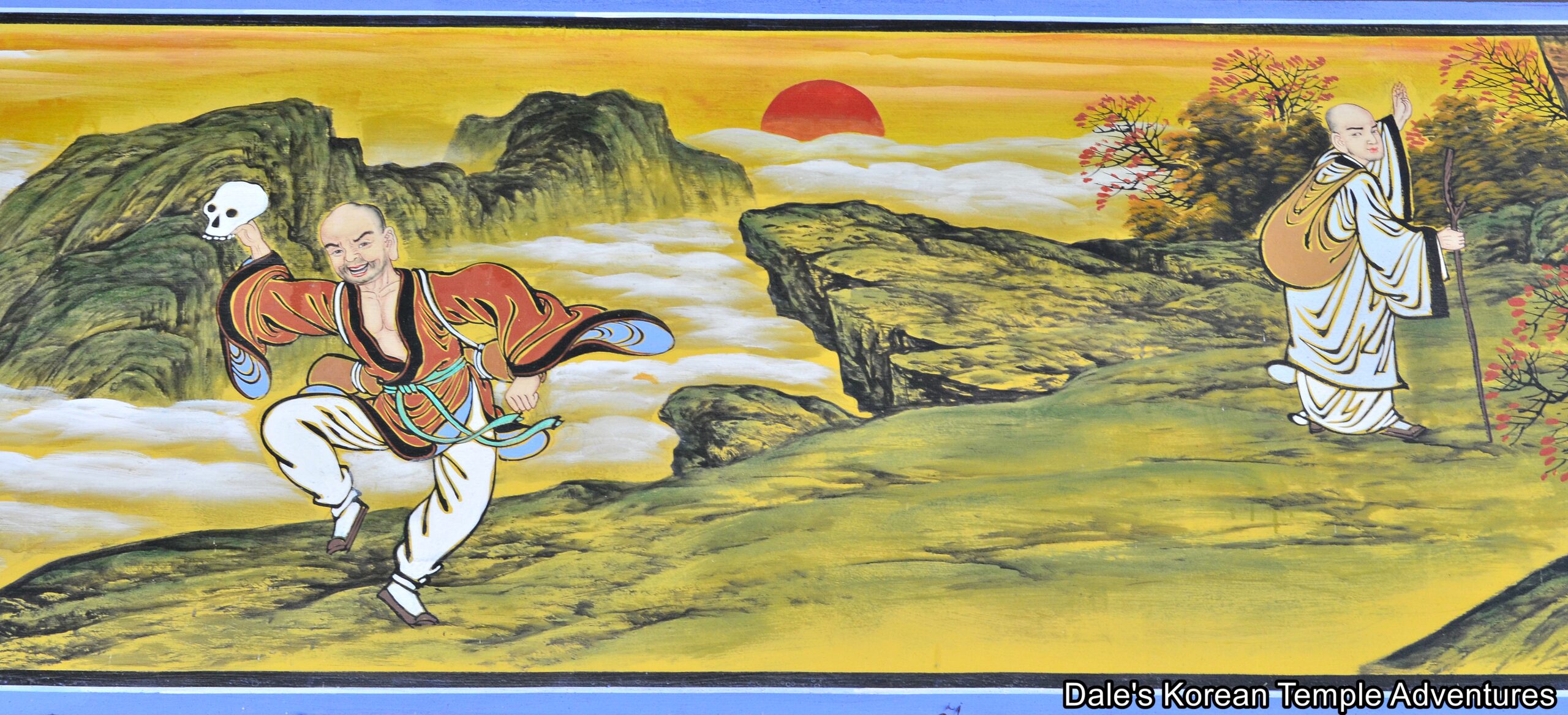
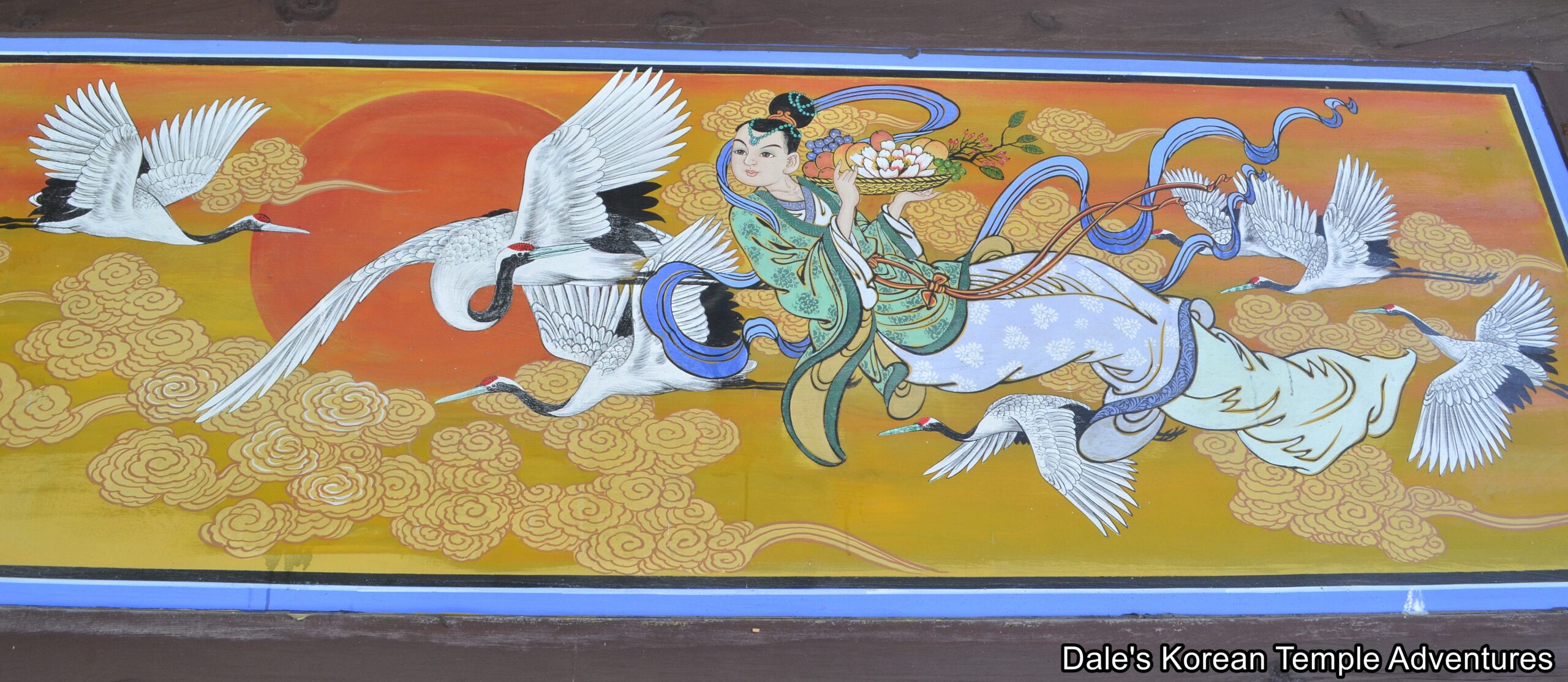
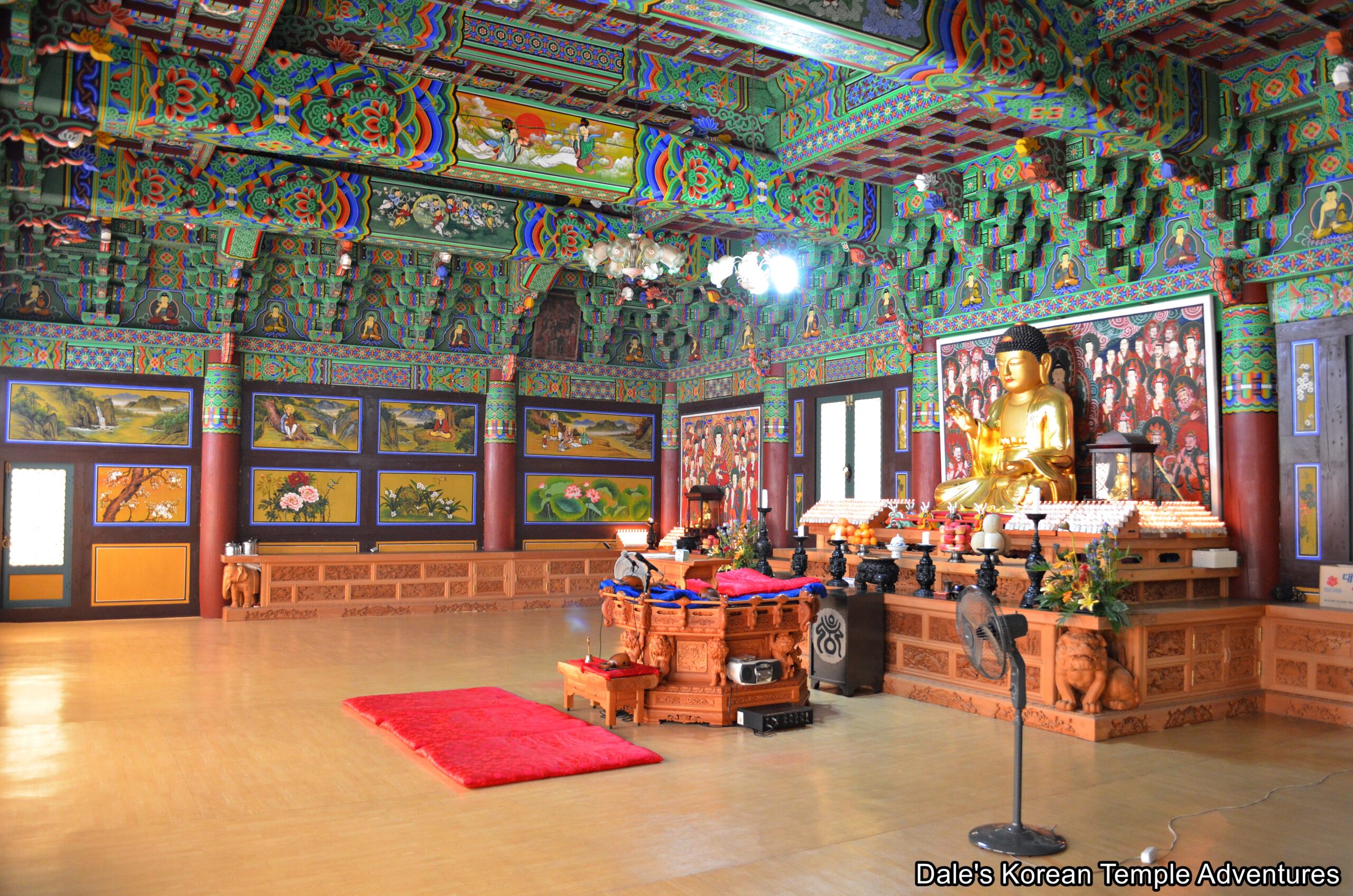
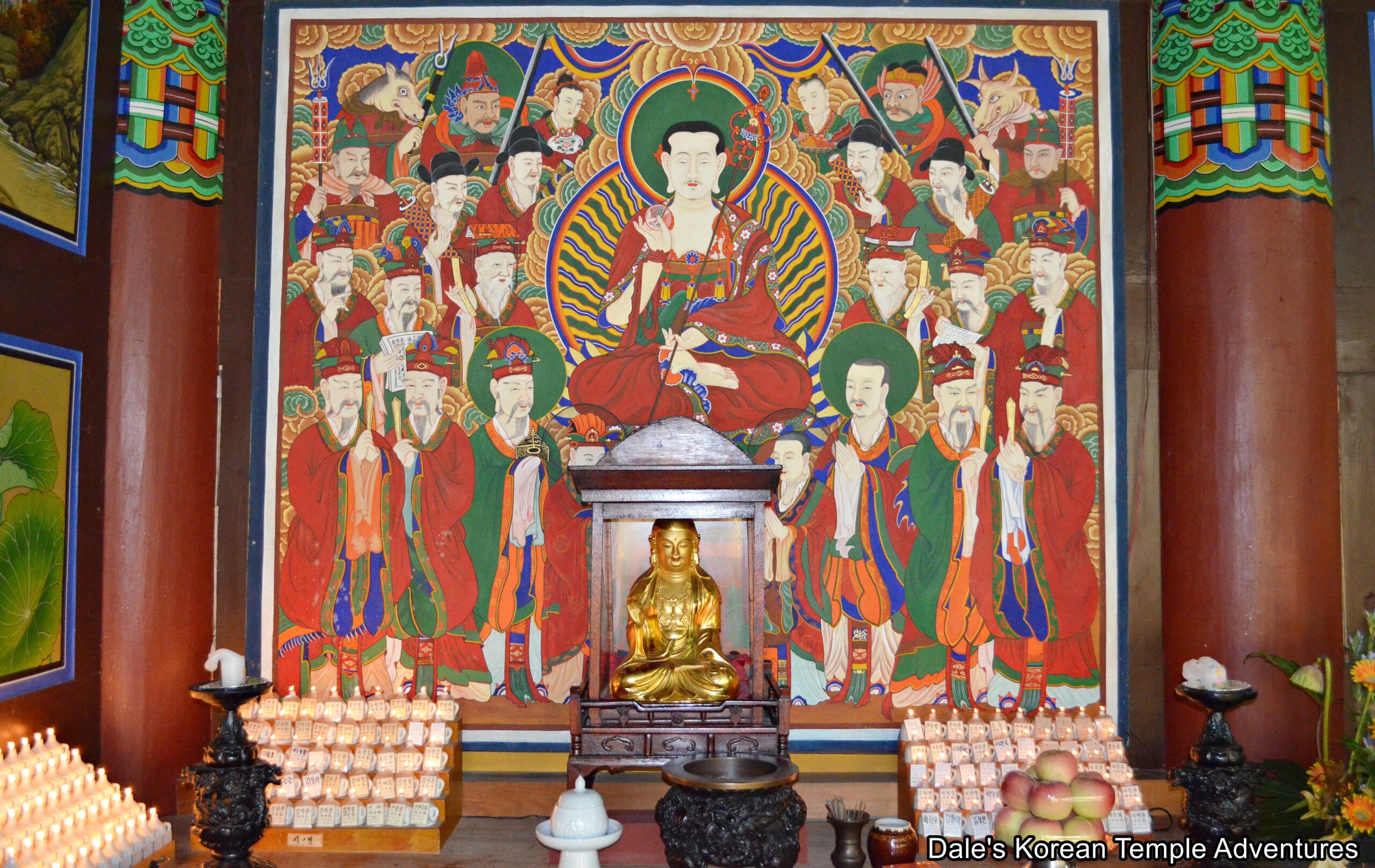
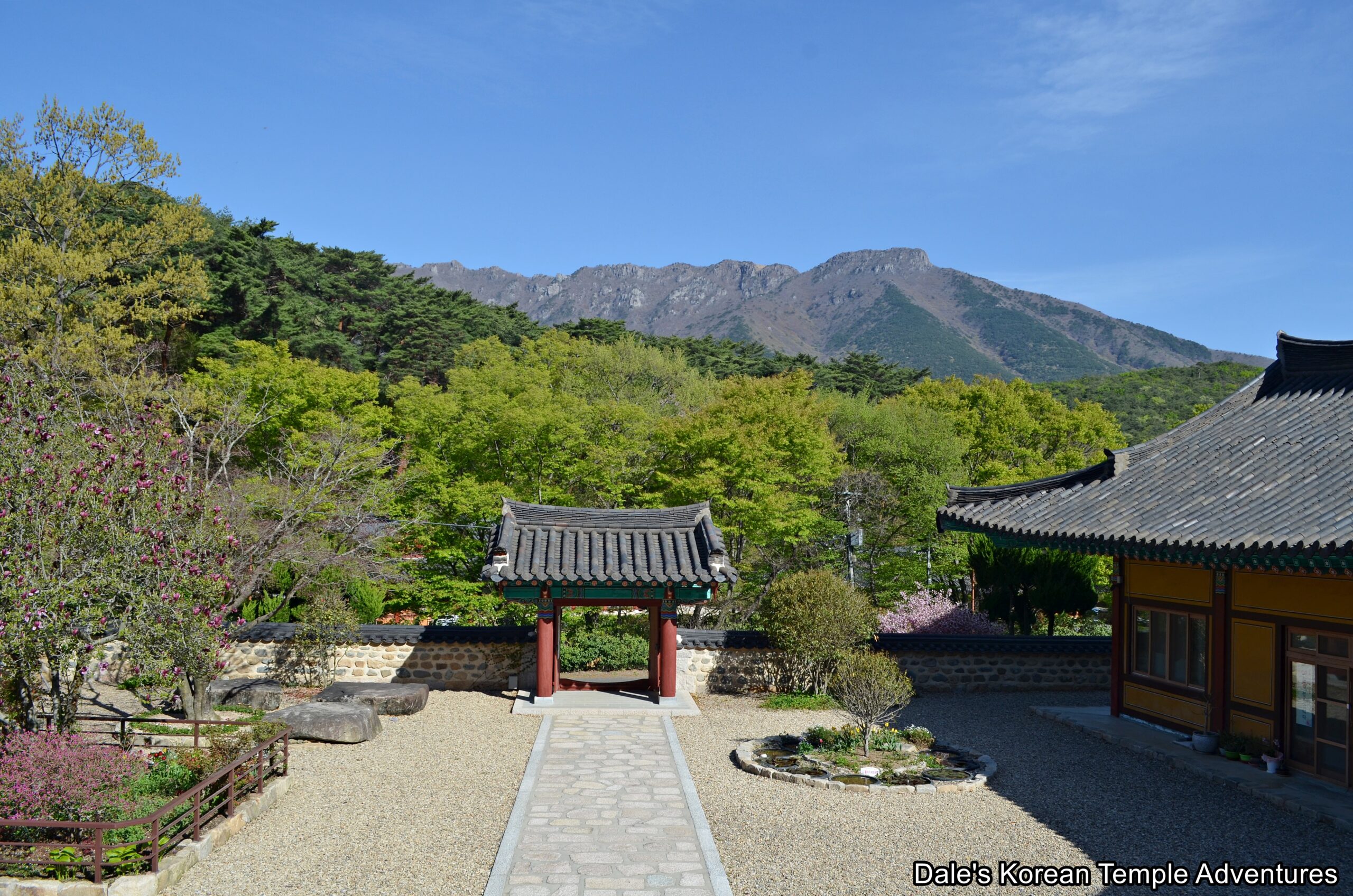
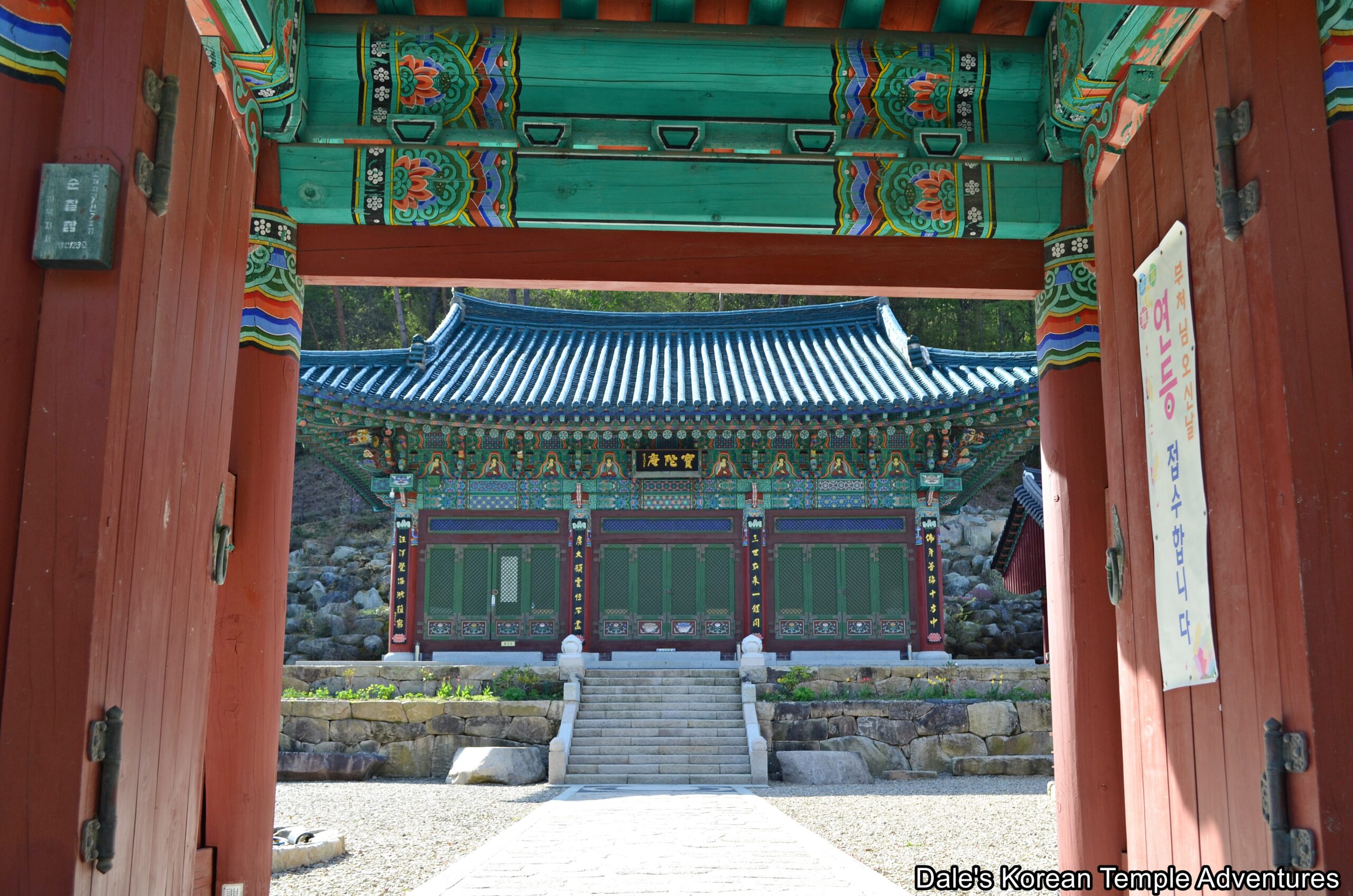
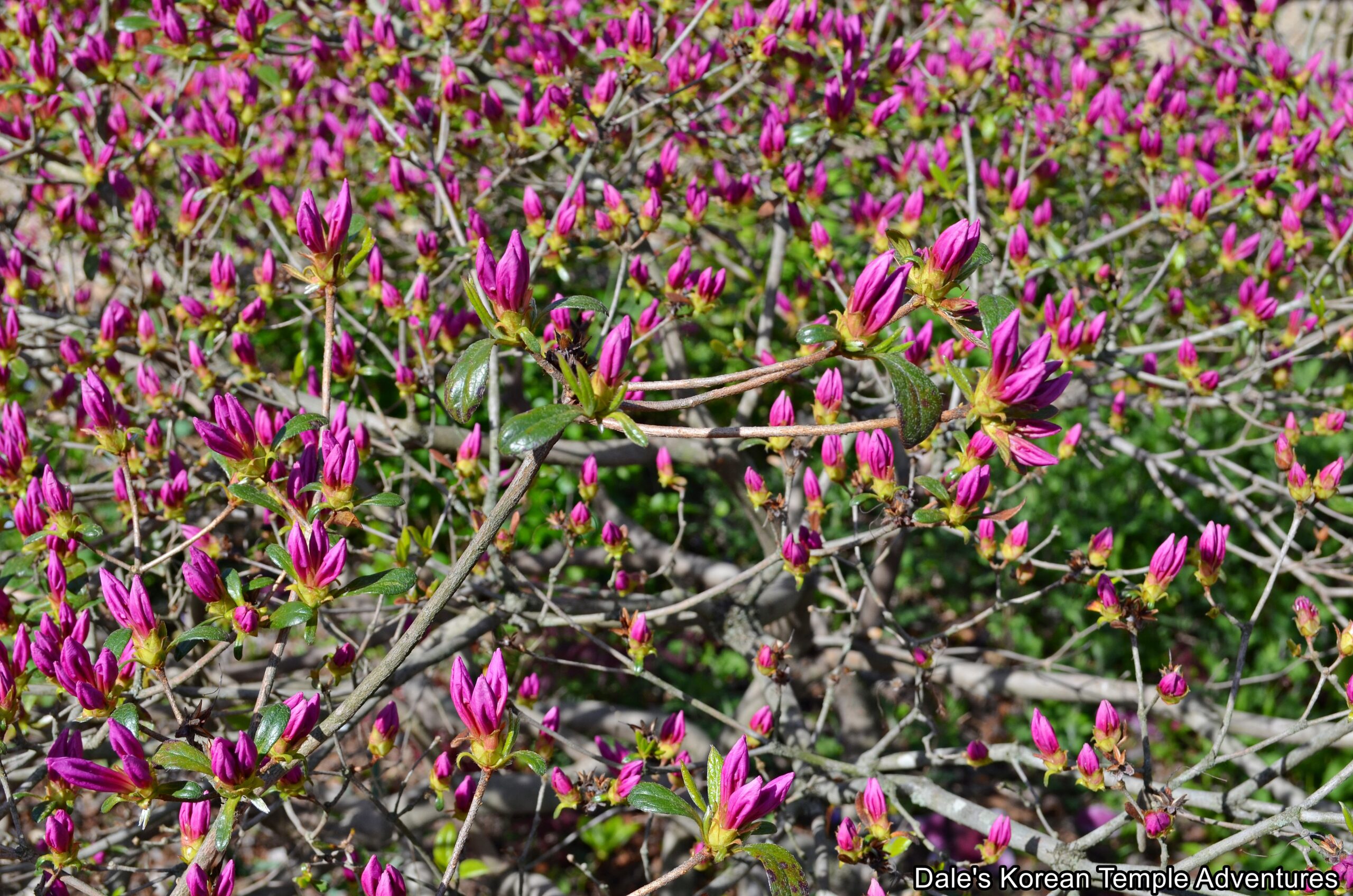
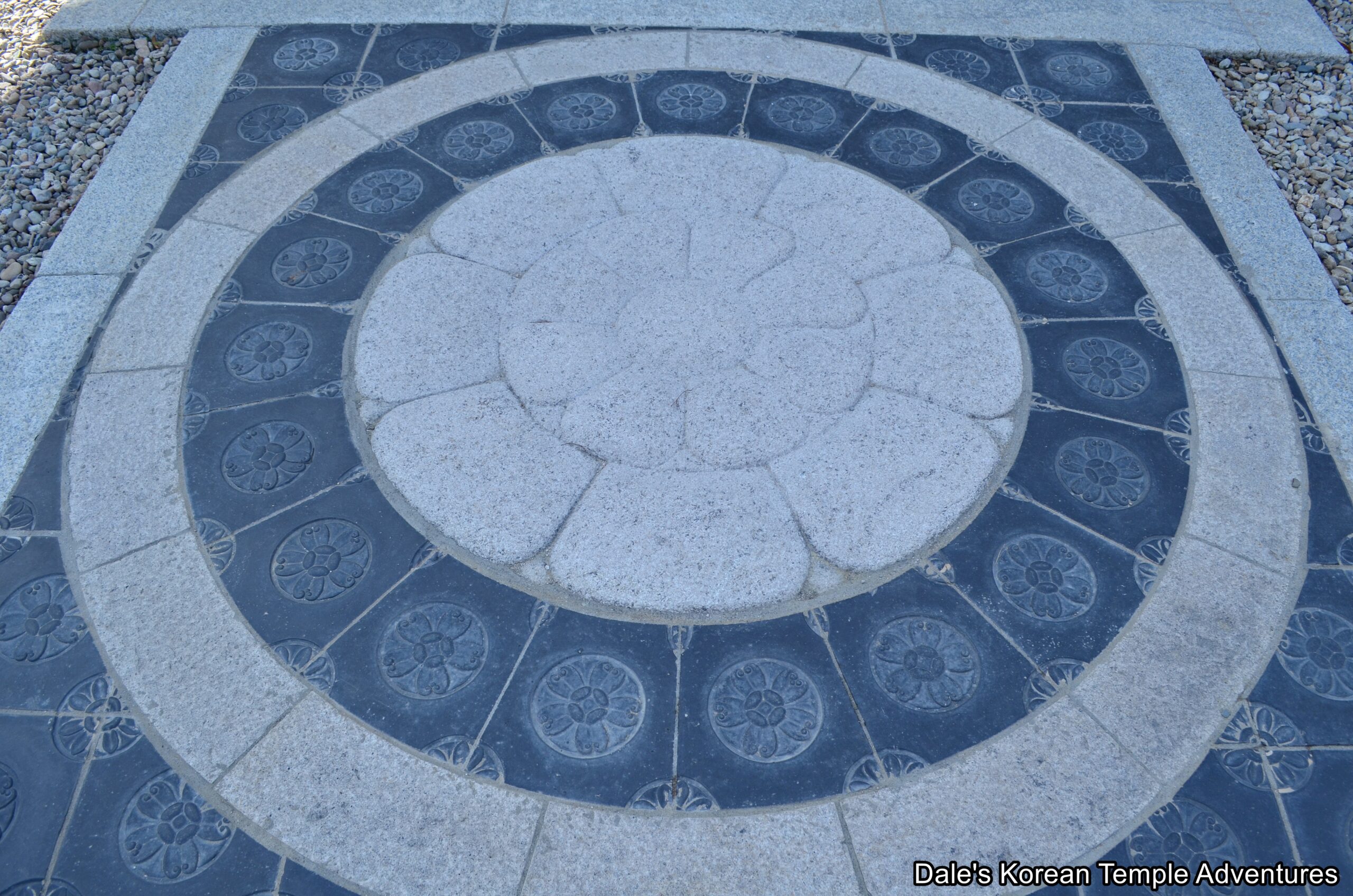

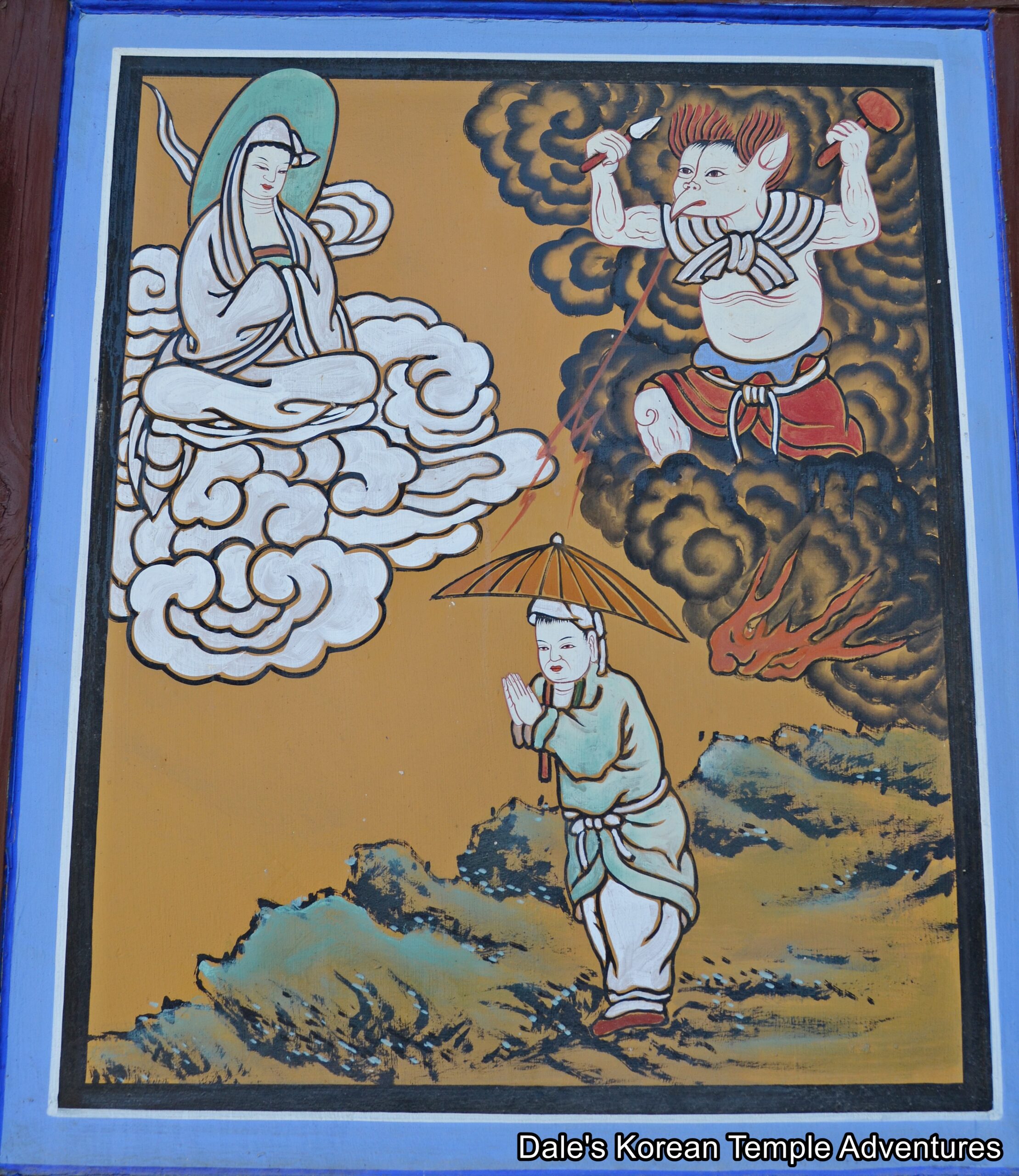
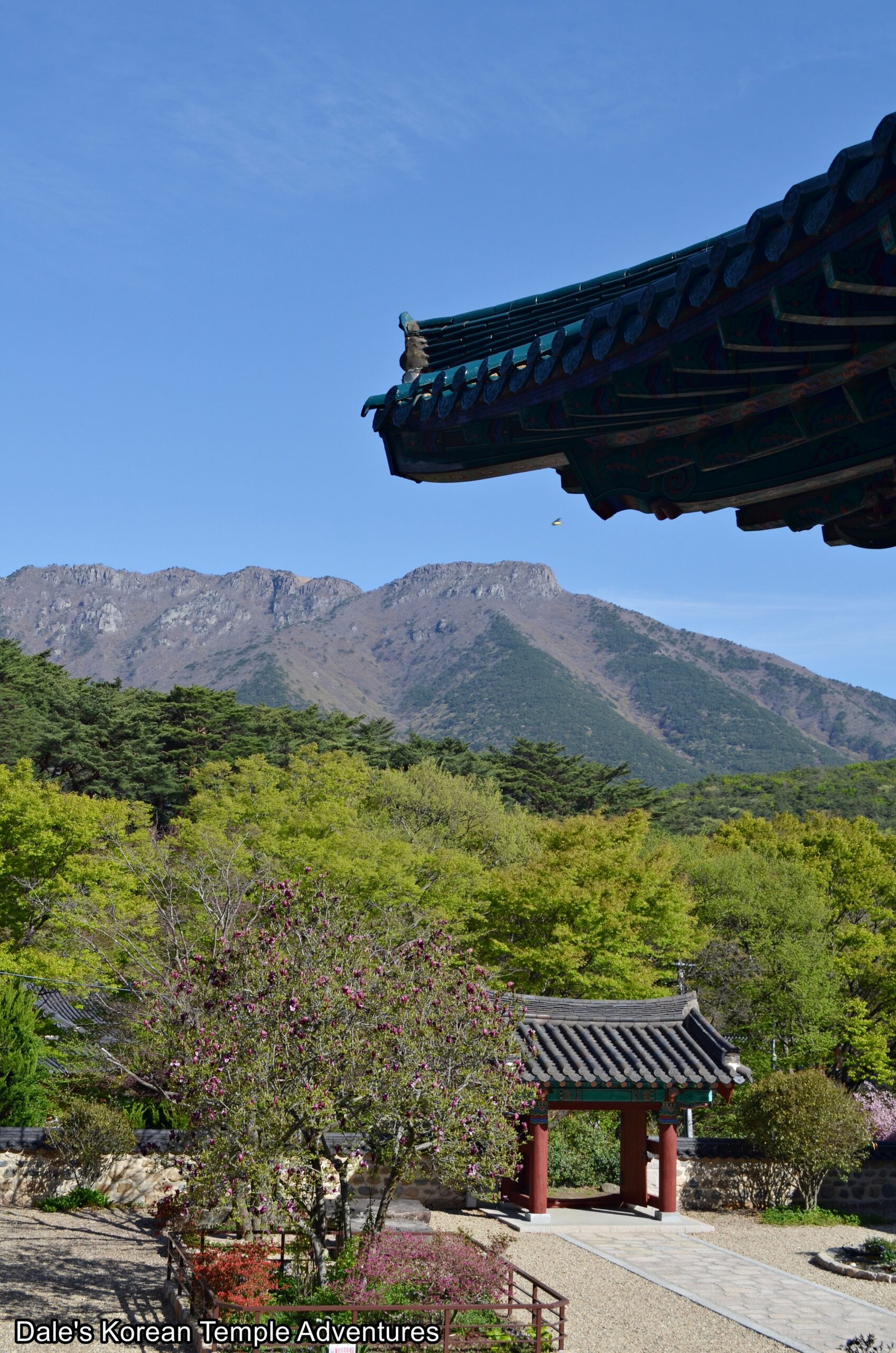
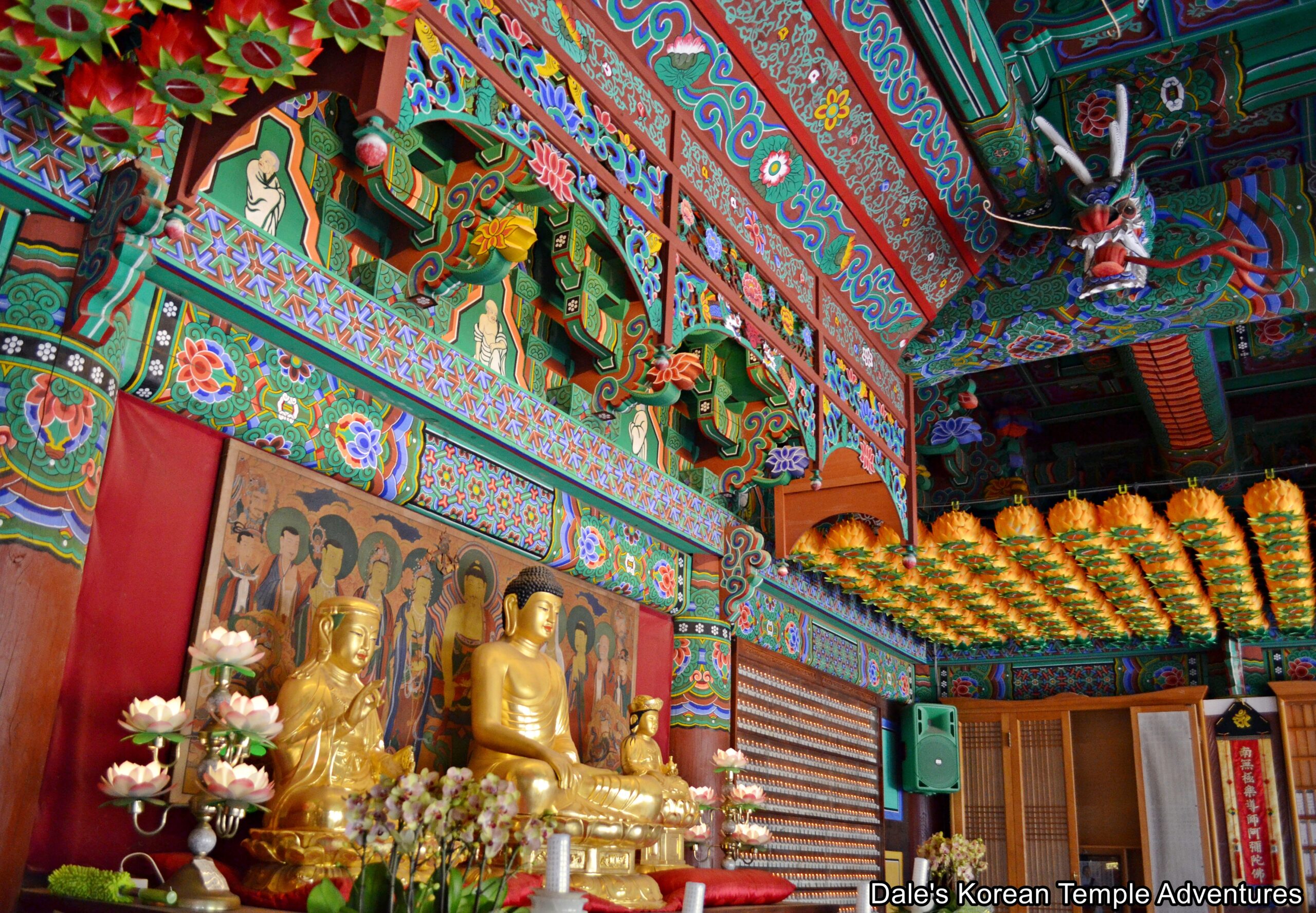
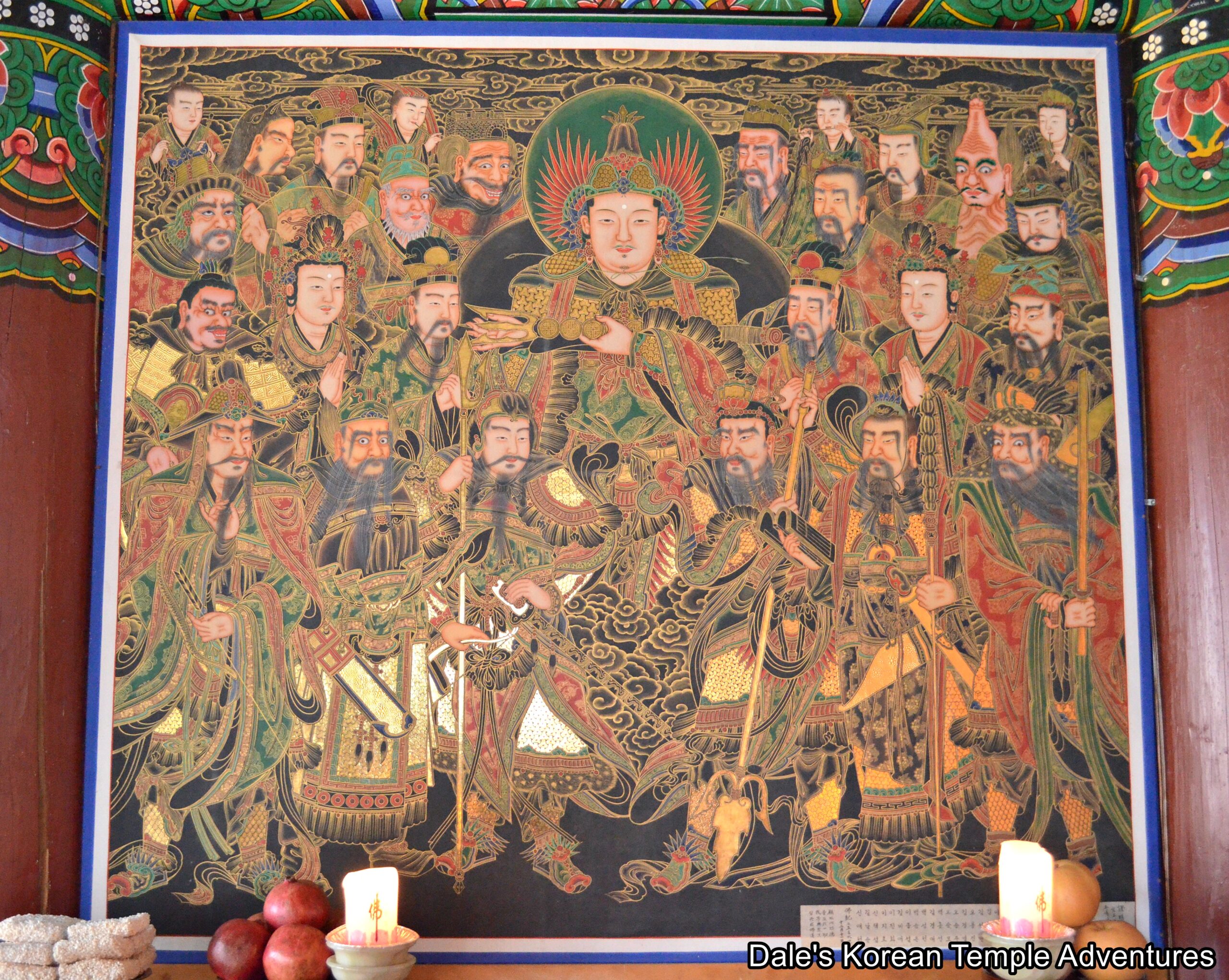
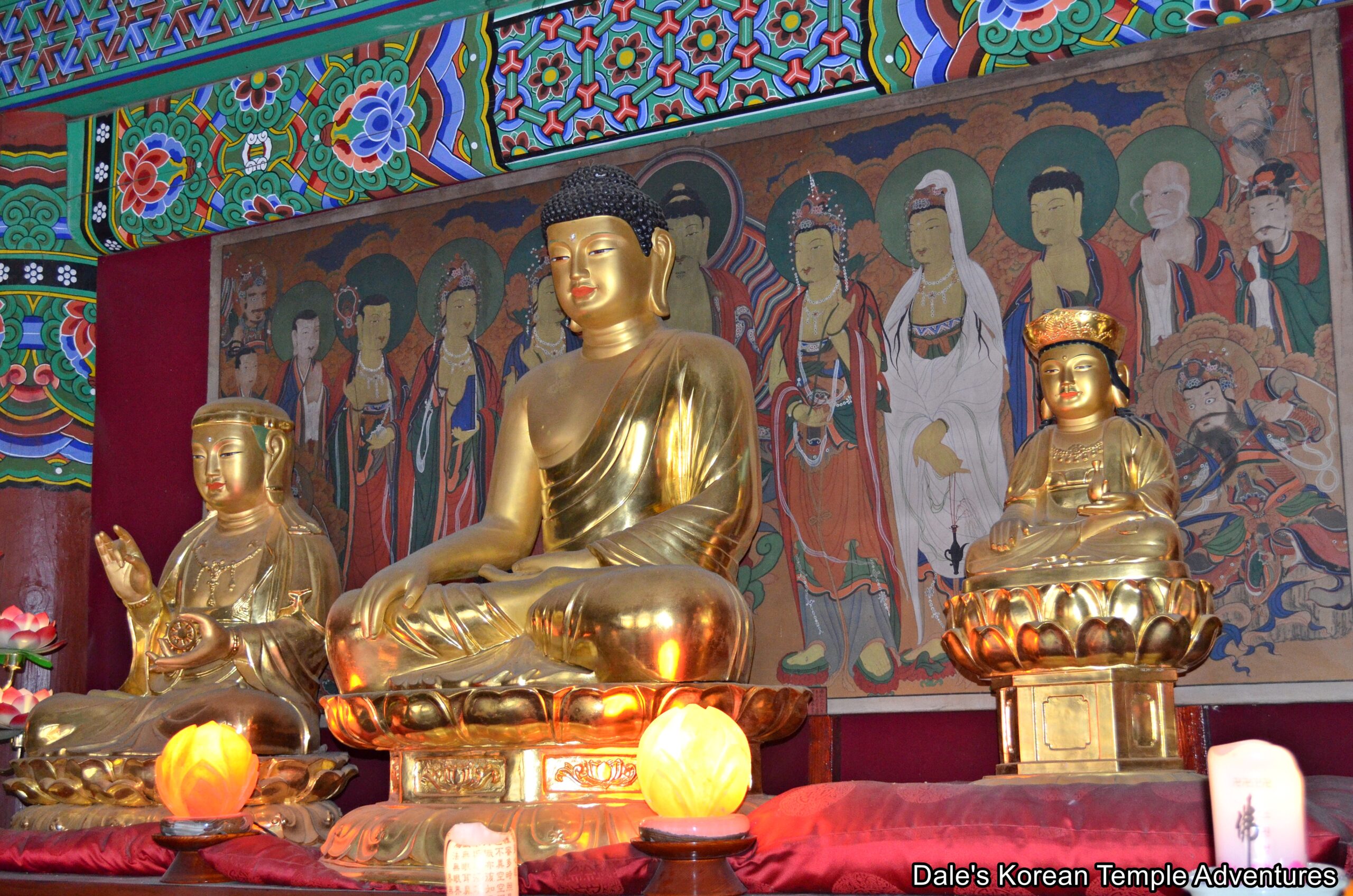
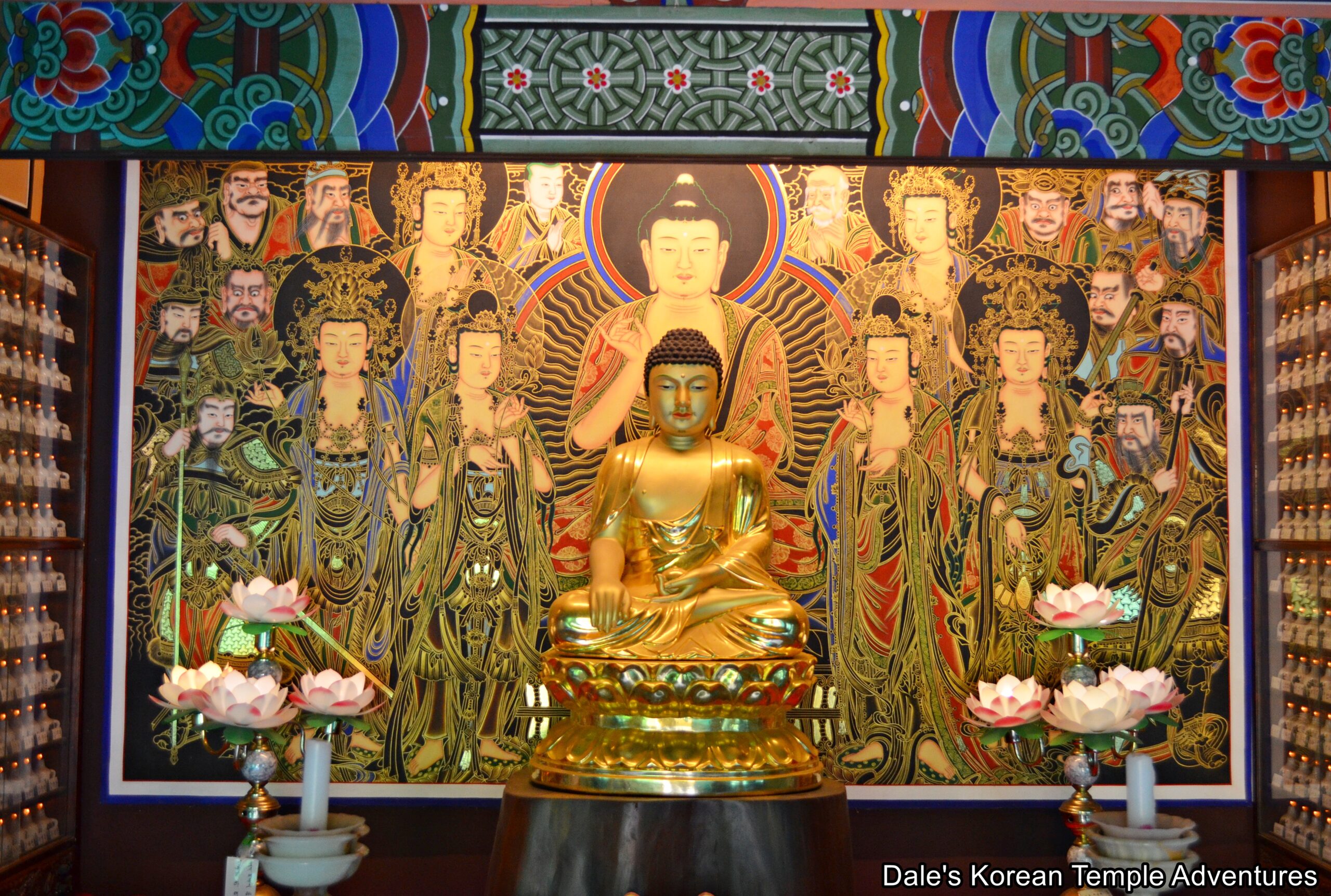
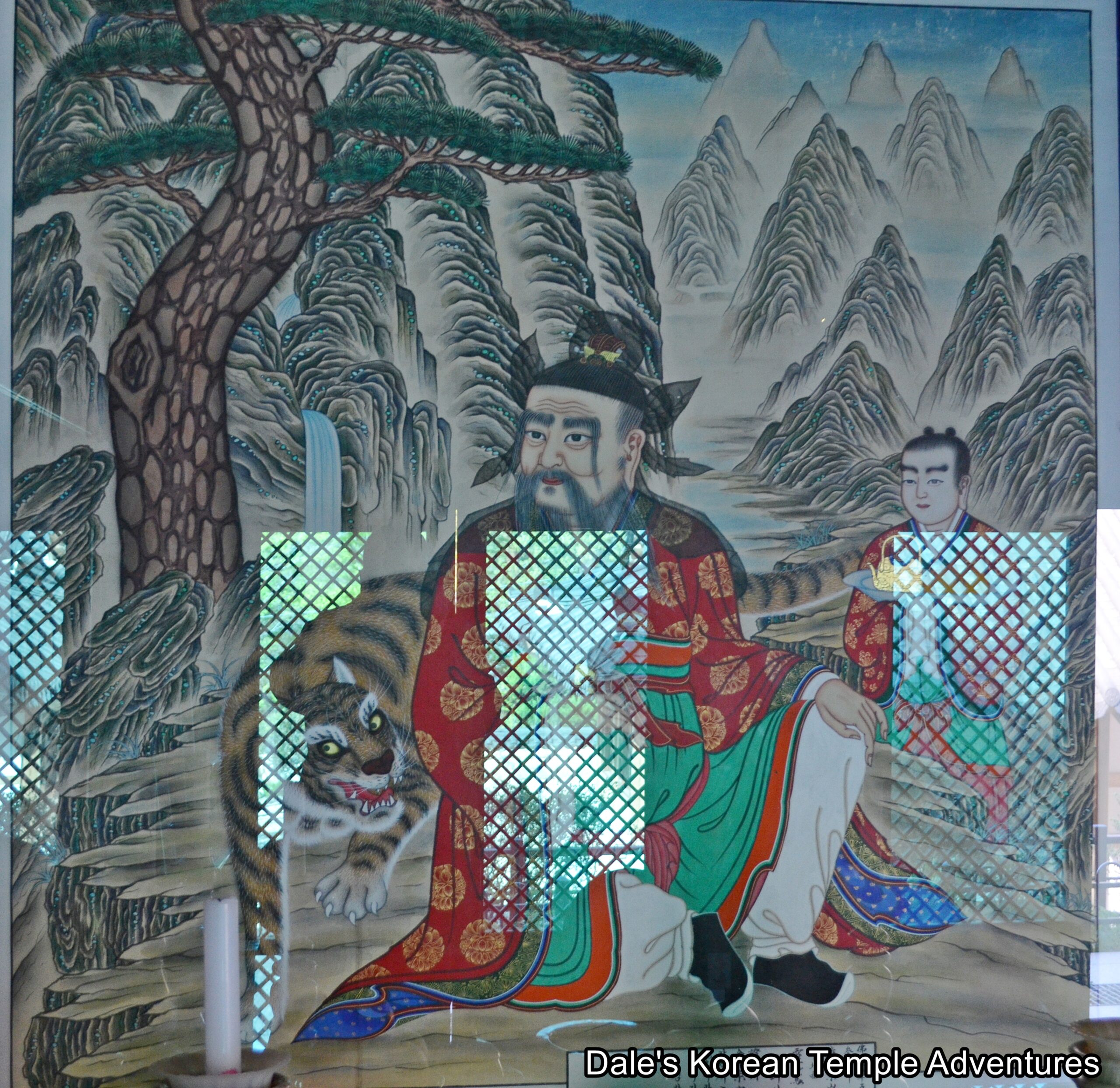
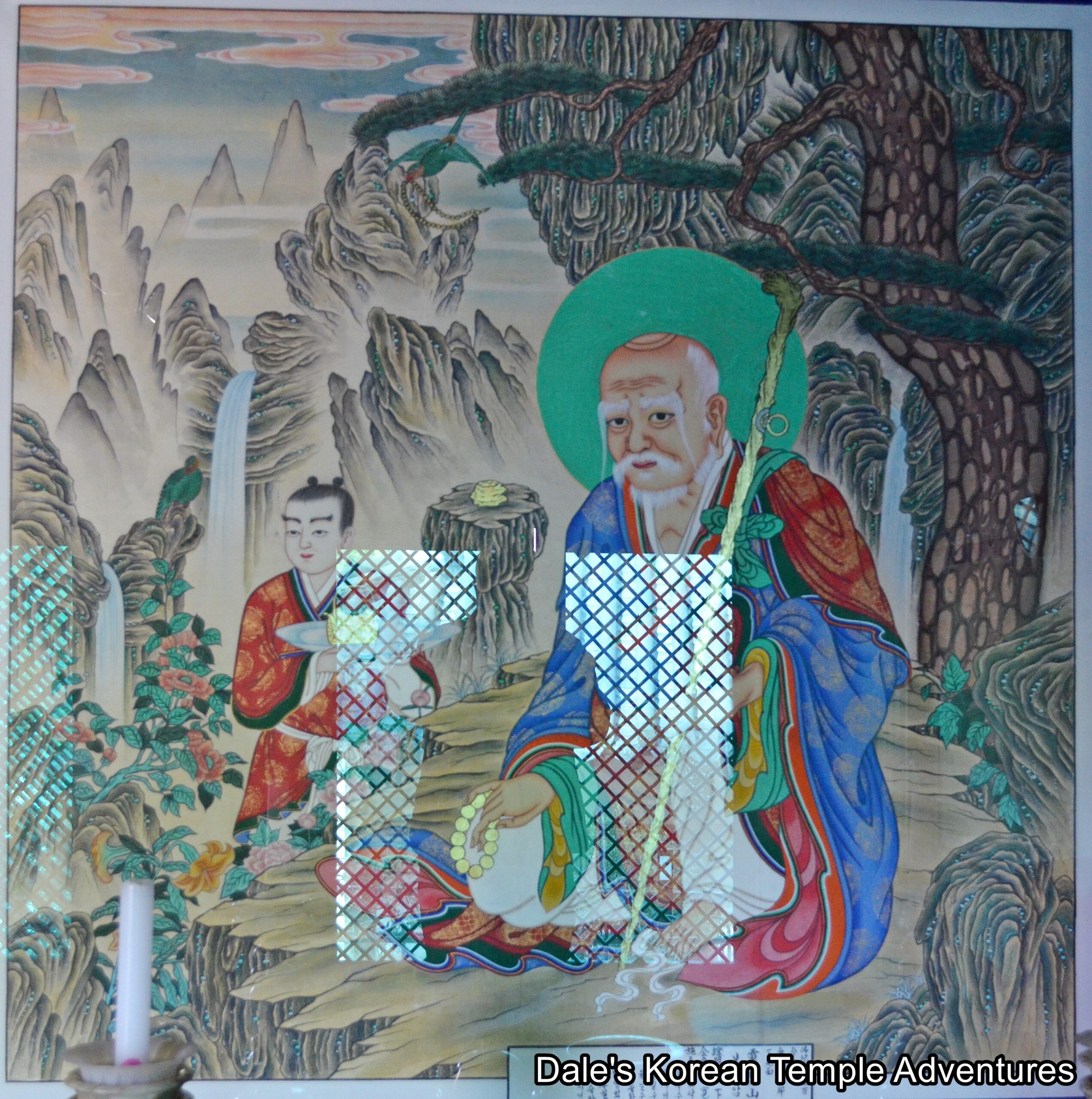
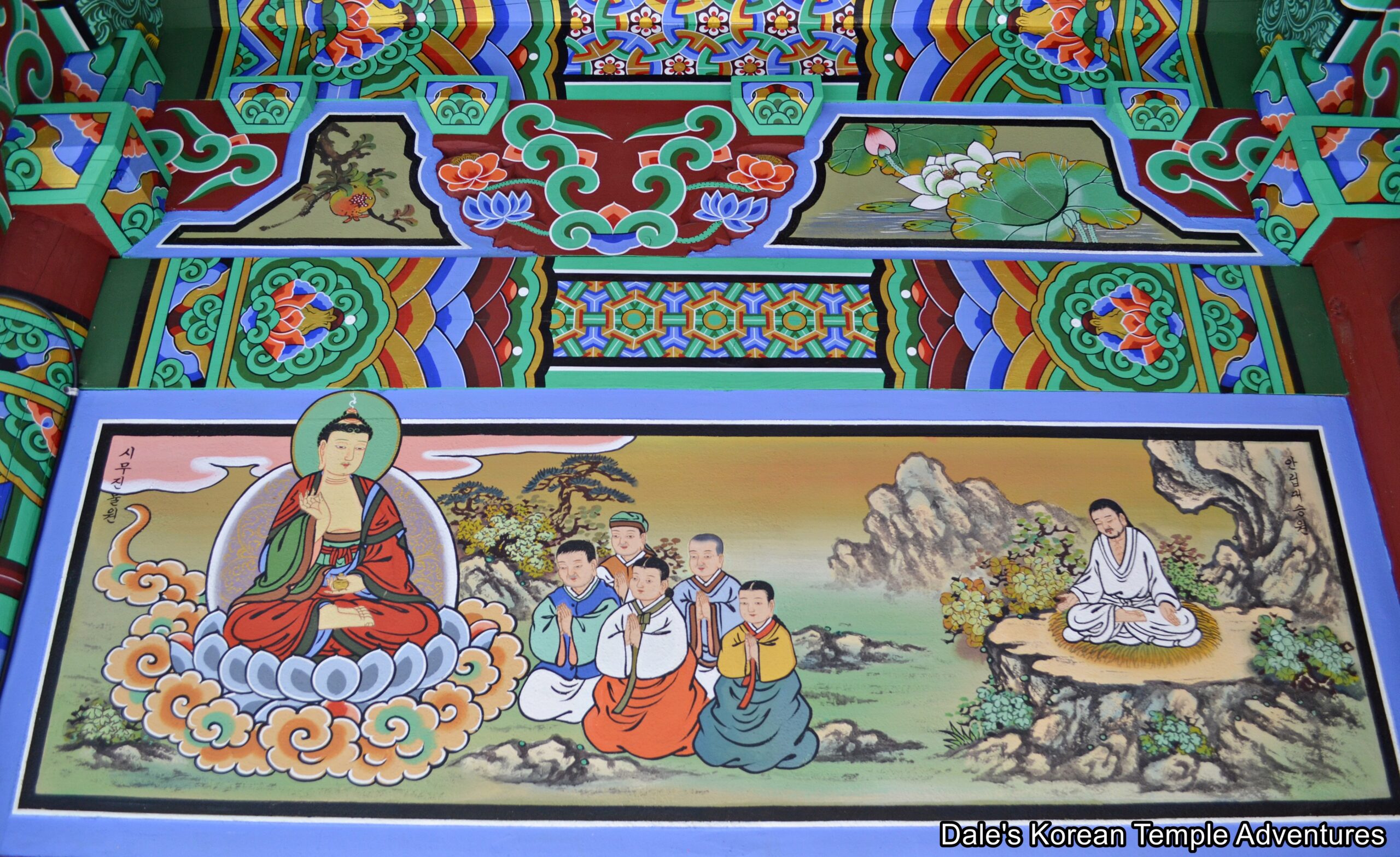
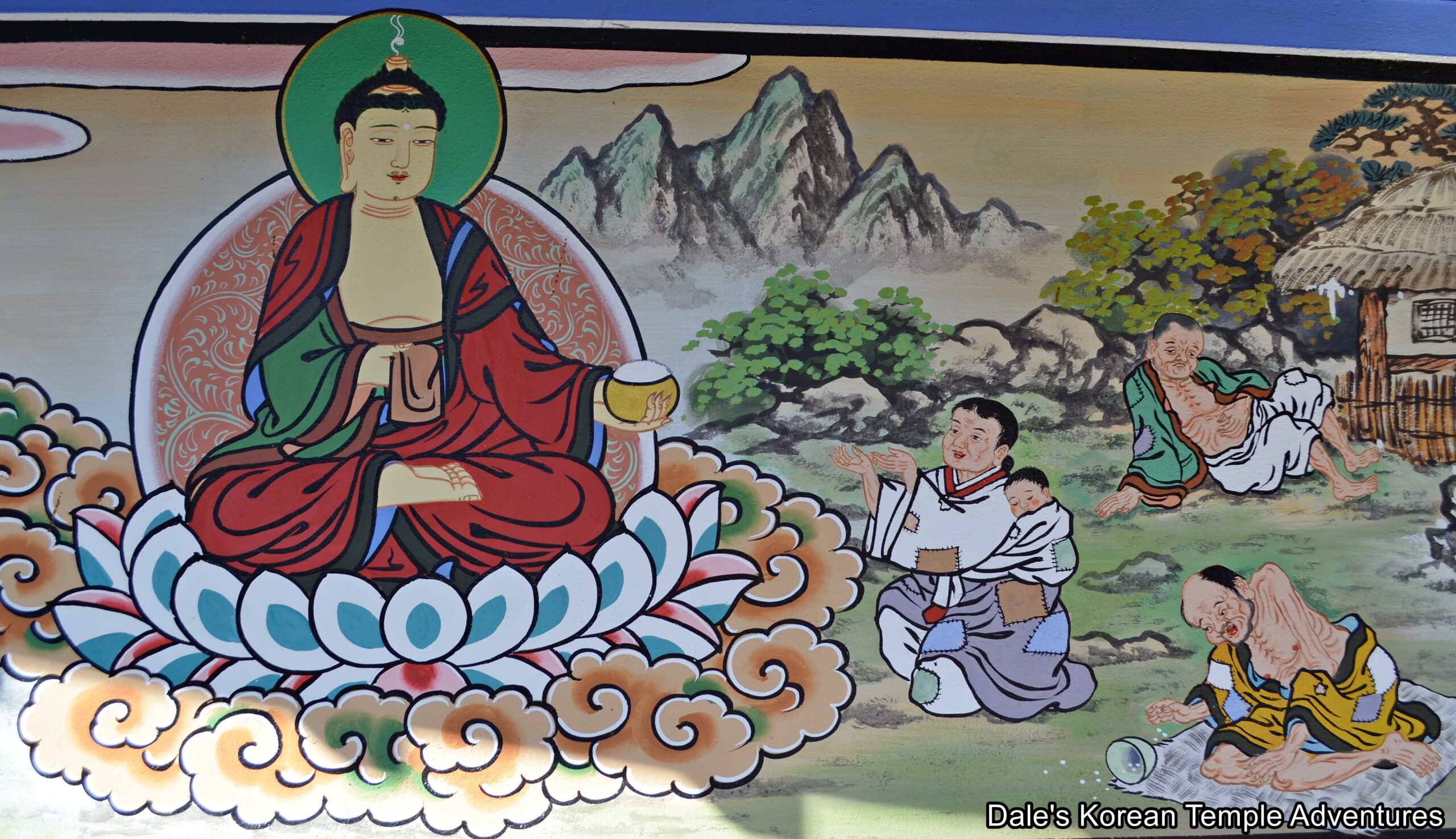
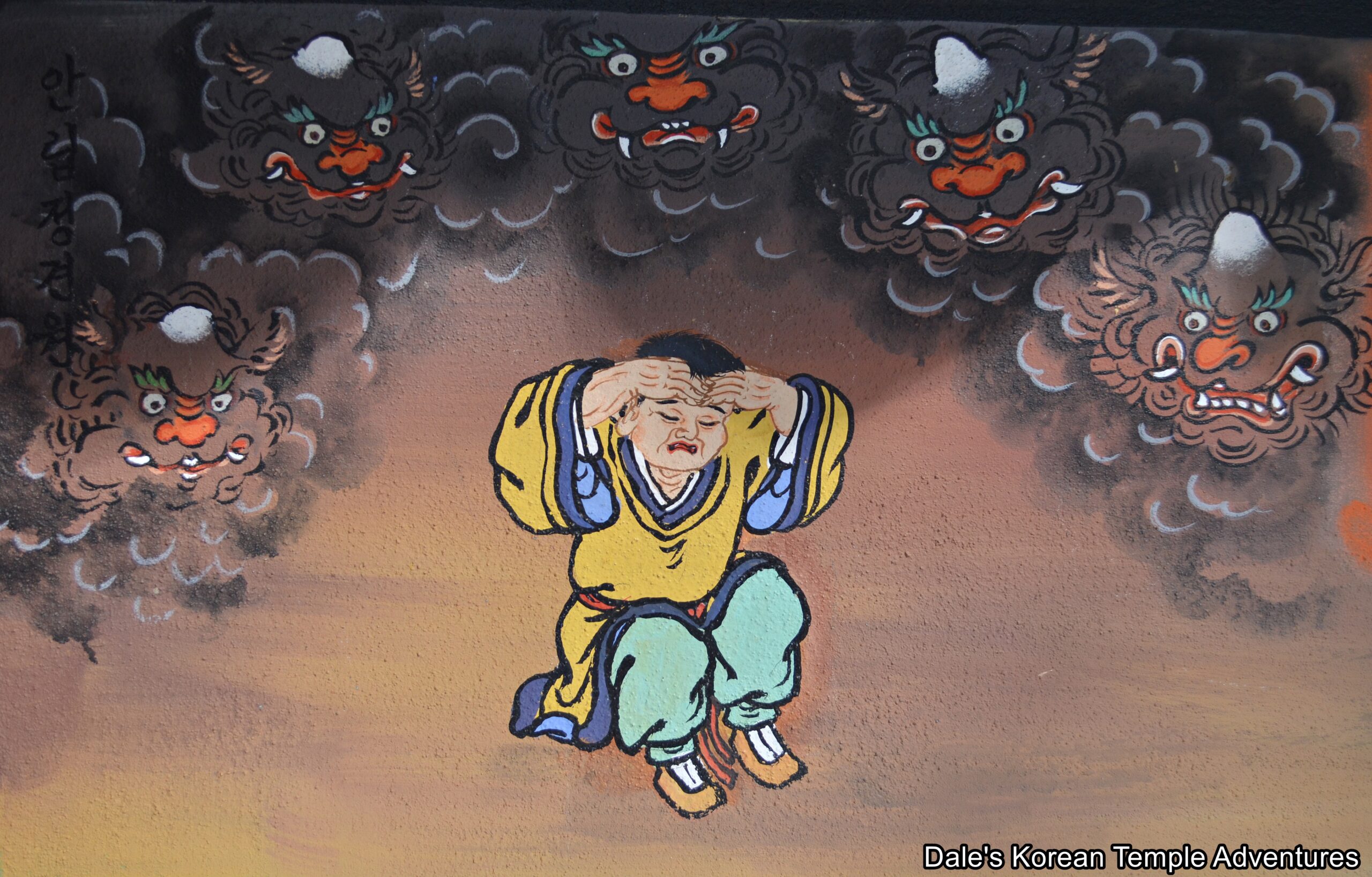

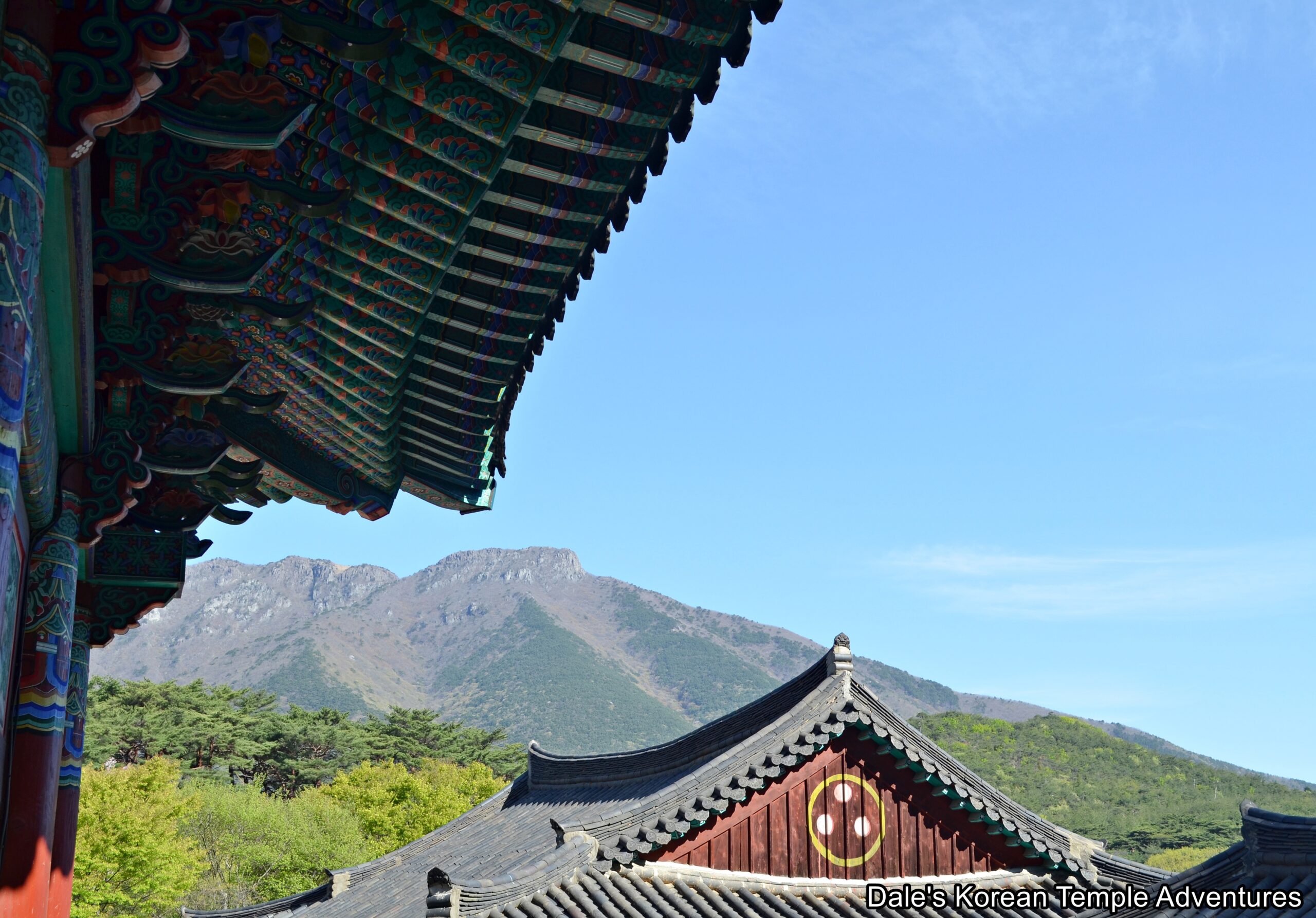
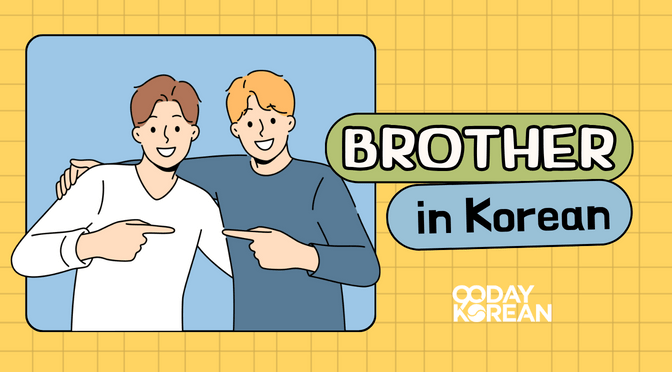
 Learn to read Korean and be having simple conversations, taking taxis and ordering in Korean within a week with our FREE Hangeul Hacks series:
Learn to read Korean and be having simple conversations, taking taxis and ordering in Korean within a week with our FREE Hangeul Hacks series: 
Recent comments